Introduction to Chess Pieces and Their Unique Moves
Chess, a strategic board game played between two opponents, is widely regarded as a game of intelligence and tactics. Mastering chess involves understanding the roles and movements of six distinct types of pieces. Each piece has unique movements and strategies, contributing to the complexity and depth of the game. In this article, we will explore each chess piece, its moves, and strategic importance to help beginners grasp the essentials of the game.
Chess Pieces and Their Moves
The King
The king is the most important piece in chess, and the objective of the game is to checkmate the opponent's king. Although valuable, the king is one of the weakest pieces in terms of mobility. It can move one square in any direction: vertically, horizontally, or diagonally. Additionally, there is a special move called castling that involves the king and a rook. This move allows the king to move two squares towards the rook, and then the rook moves over to the square adjacent to the king. This can only occur if neither piece has moved previously, there are no pieces between them, and the king is not in check.
The Queen
The queen is the most powerful piece on the board. It combines the power of the rook and bishop, moving any number of squares in a straight line either horizontally, vertically, or diagonally, provided it is not obstructed by other pieces. This flexibility makes her highly valuable for both offensive and defensive strategies.
The Rook
The rook is a major piece, characterized by its ability to move any number of squares along a column or row on the chessboard. Rooks are particularly powerful in the endgame, where they can control much of the board and cut off escape routes for the enemy king. The rooks are usually positioned in the corners of the board and can be pivotal for defending and attacking.
The Bishop
Each player starts with two bishops, one moving diagonally on light squares and the other on dark squares. Like the rook, a bishop can move any number of squares diagonally, as long as it is not obstructed. The bishop's ability to control long diagonals can be very potent, often making them key pieces in long-range strikes against the opponent.
The Knight
The knight has a unique L-shaped move—it goes two squares in one direction and then one square perpendicular, or one square in one direction and then two squares perpendicular. Knights are the only pieces that can jump over other pieces. Their ability to reach positions that are otherwise inaccessible to other pieces makes them tricky and valuable, especially in closed positions.
The Pawn
Pawns are the foot soldiers of chess, with movements more restricted compared to other pieces. They move forward one square, but capture diagonally. On its first move, each pawn has the option to move forward two squares instead of one. Additionally, when a pawn reaches the opposite side of the board, it can be promoted to any other piece, typically a queen, giving pawns potential to influence the late stages of a game significantly.
Strategic Implications of Chess Pieces
Understanding the movement of each chess piece is only the first step. Developing strategies that effectively utilize each piece’s strengths is crucial. For example, controlling the center of the board with pawns and pieces allows more mobility and options. Knights are particularly useful in cluttered board positions, while bishops excel in open games. Rooks and queens are powerful when they can work together along open files and diagonals. The king, while primarily a defensive piece early in the game, can become a strong offensive weapon in the endgame.
Conclusion
Each chess piece plays a vital role in the game's overall strategy. A successful chess player needs not only to understand how each piece moves but also how to combine these movements into an effective plan that addresses both the current state of the board and anticipates the opponent's responses. With practice and study, novice players can develop the skills necessary to advance from understanding basic moves to mastering complex strategies inherent in the game of chess.
Explore our large collection of luxurious chess sets!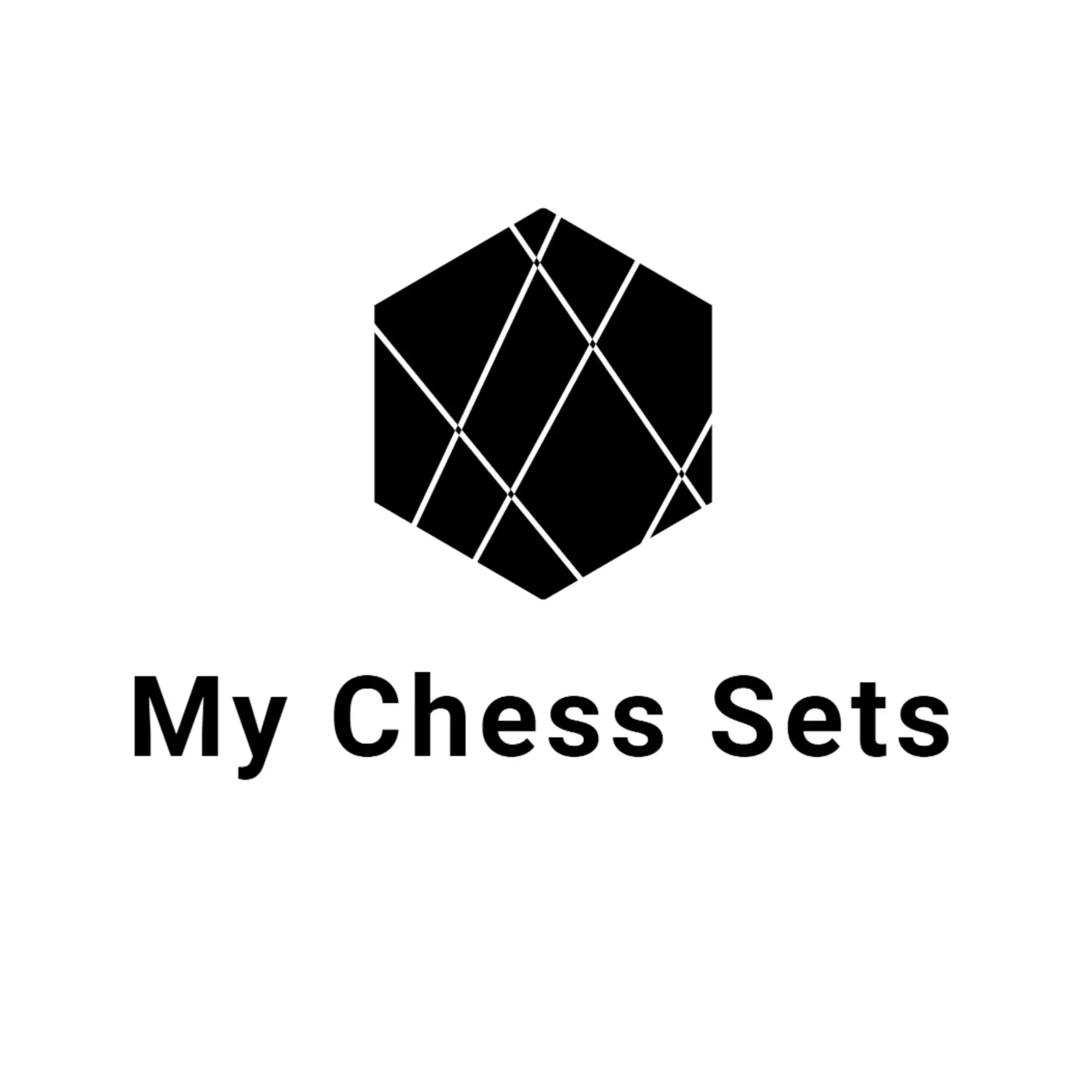
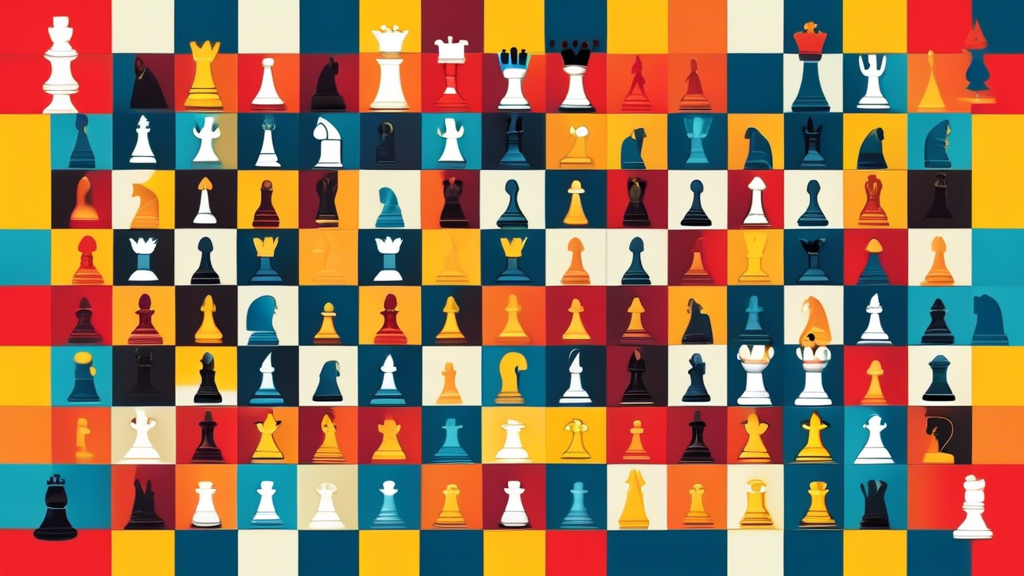
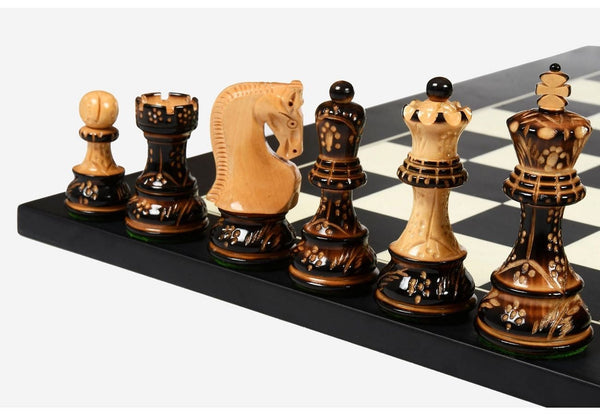
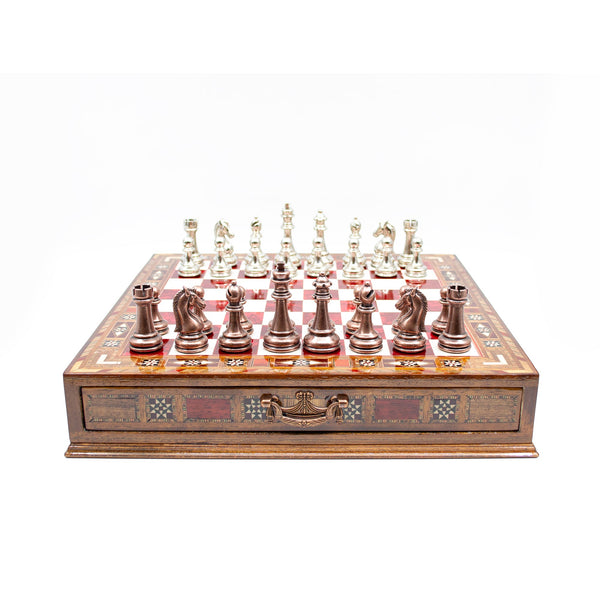
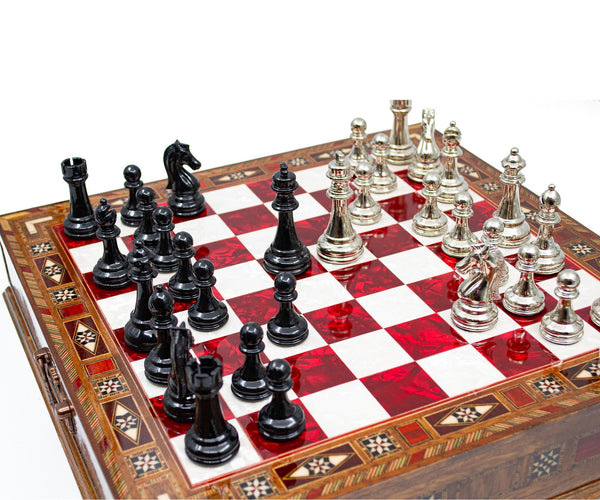
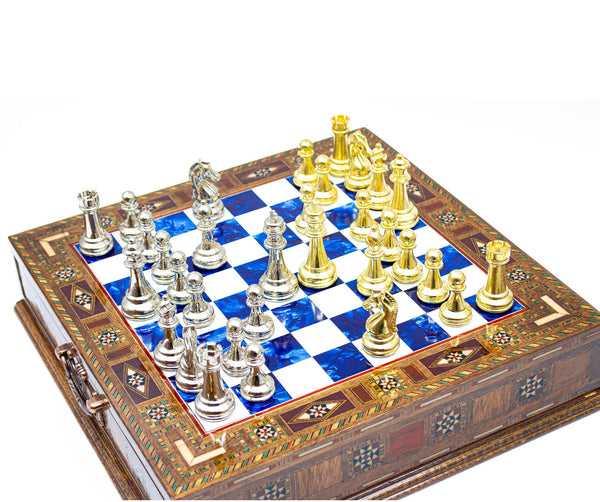
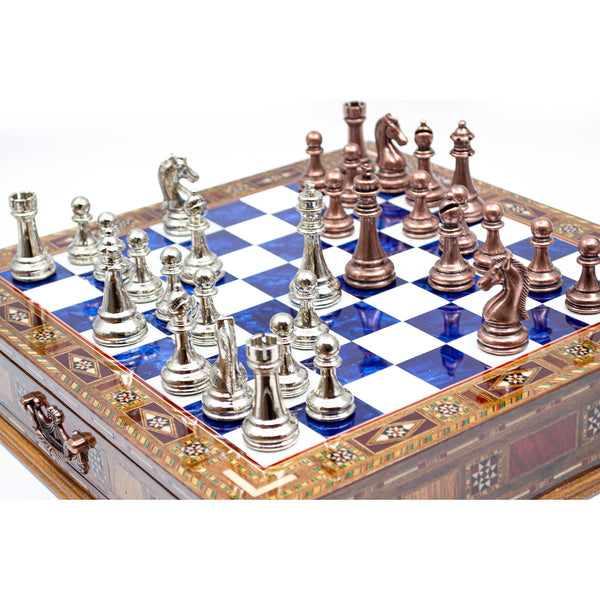
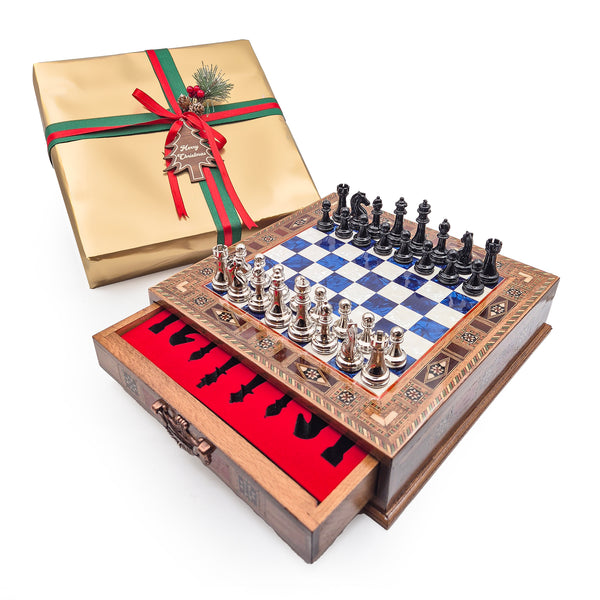
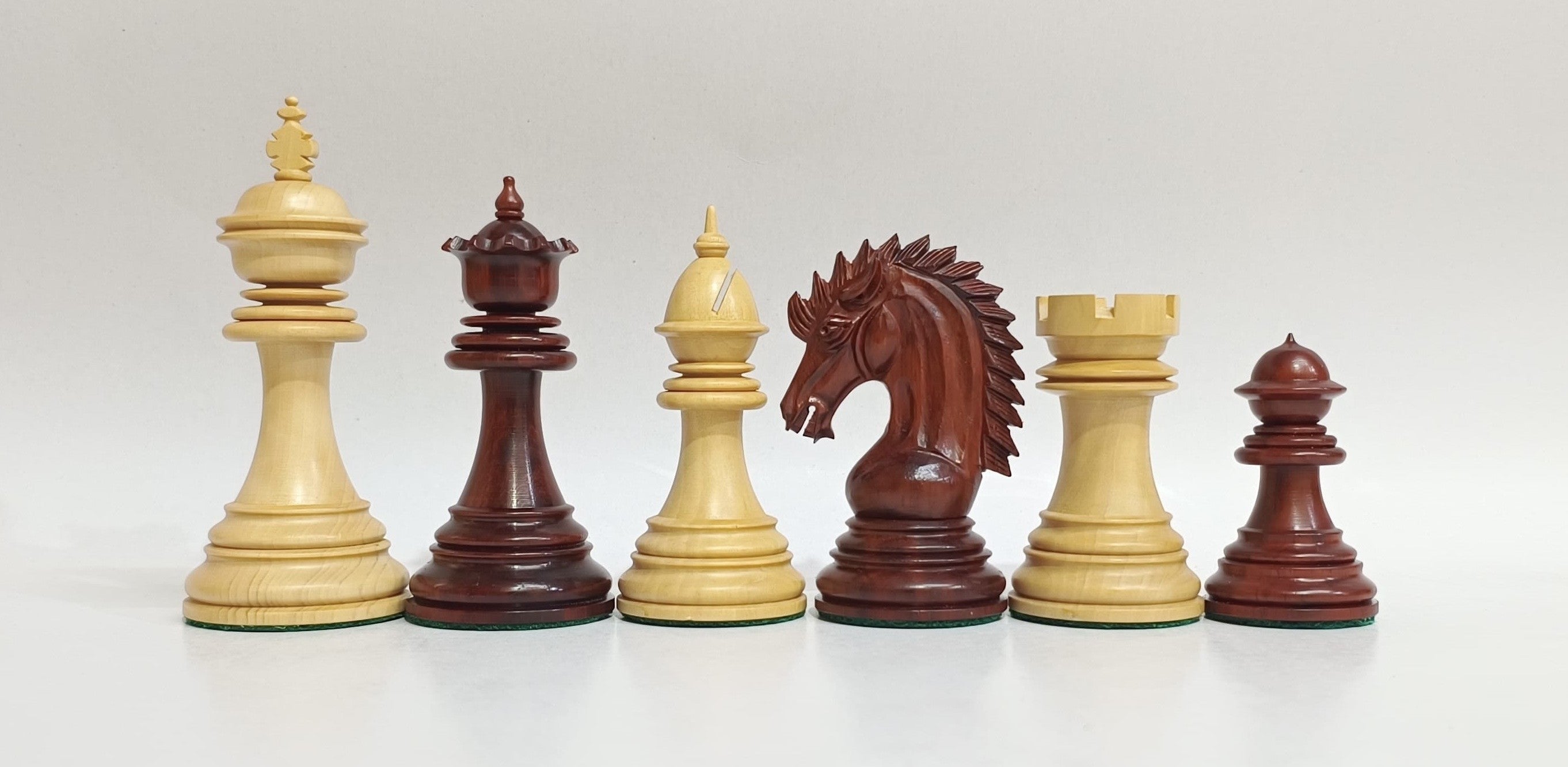
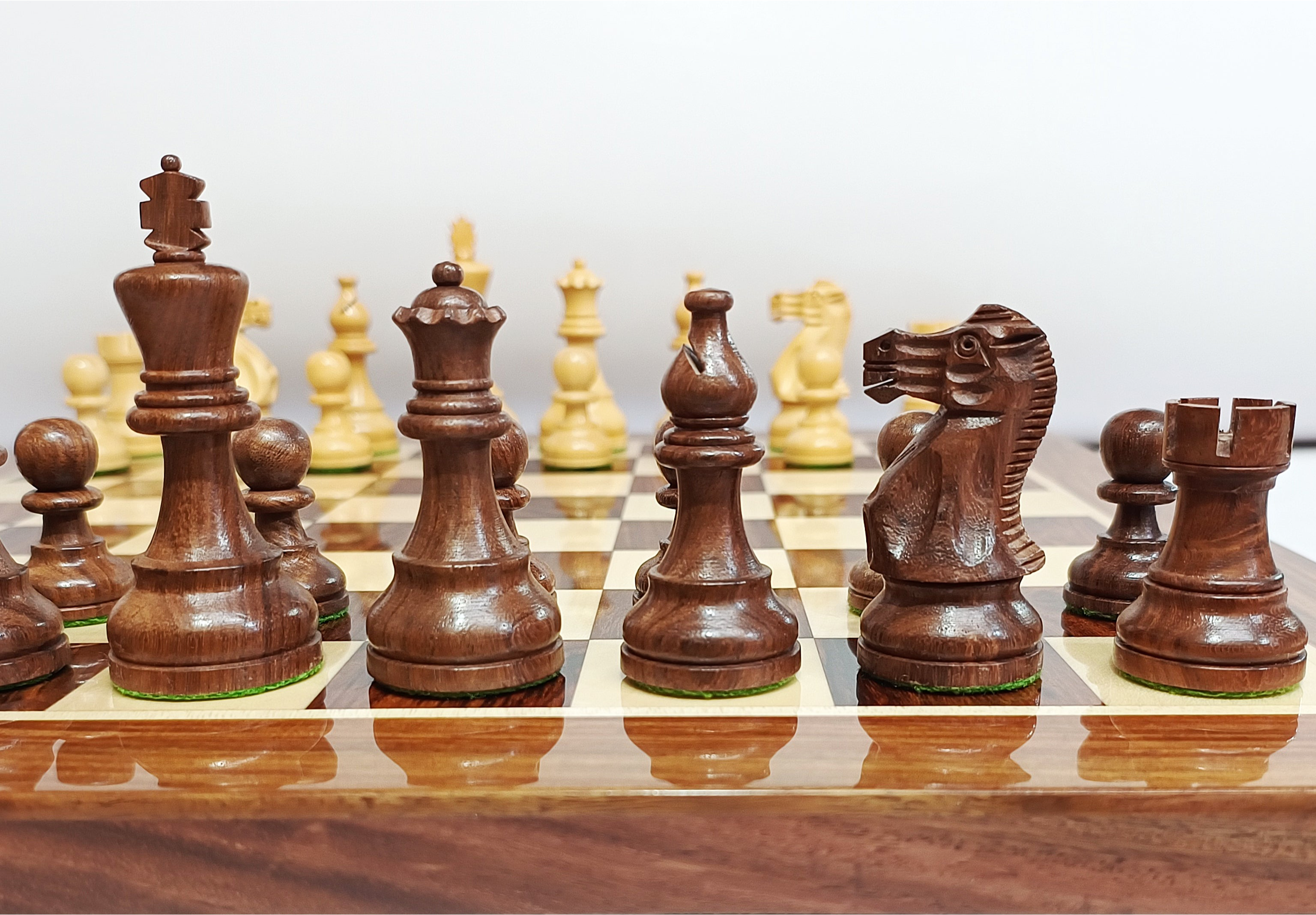
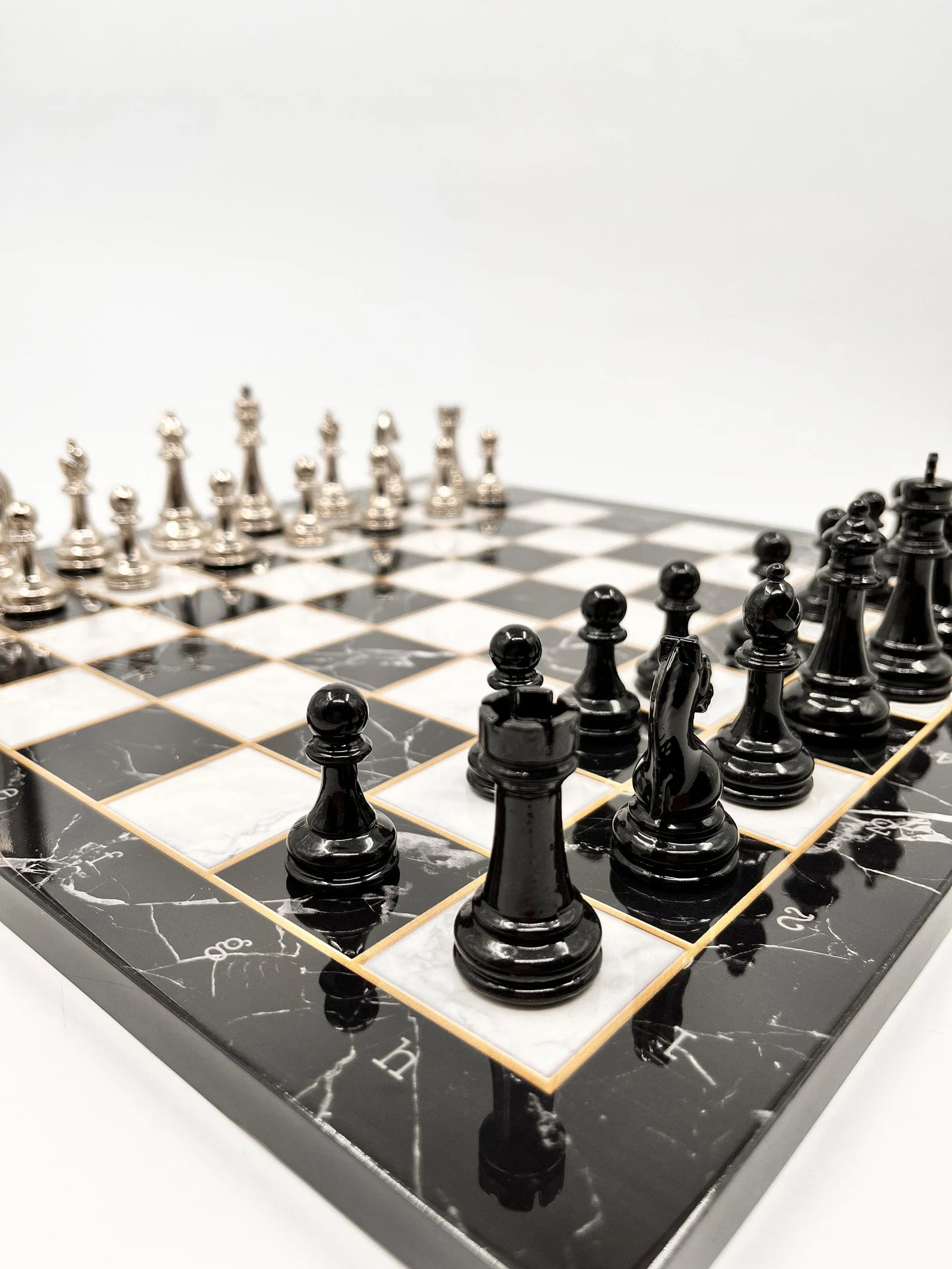
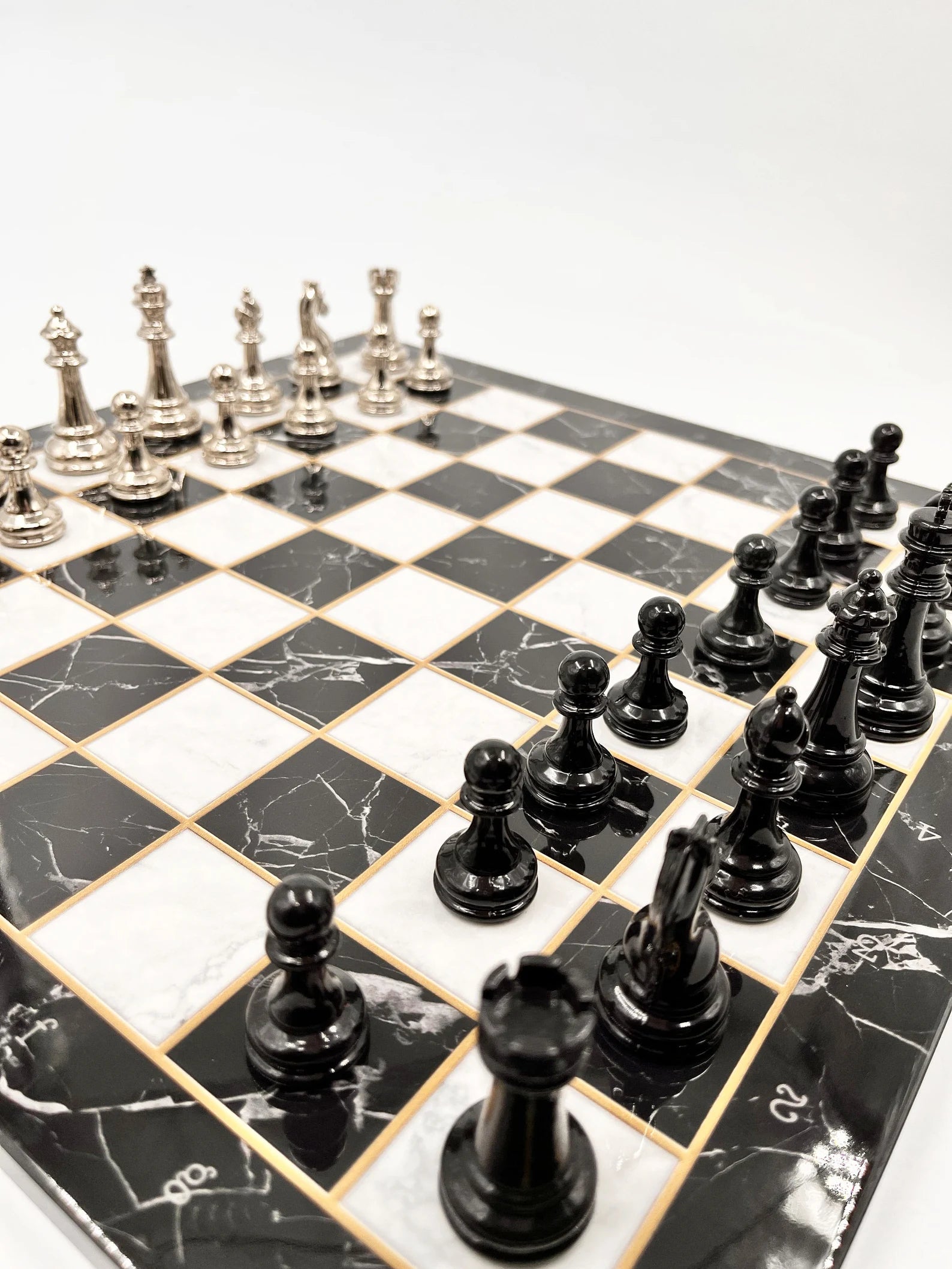
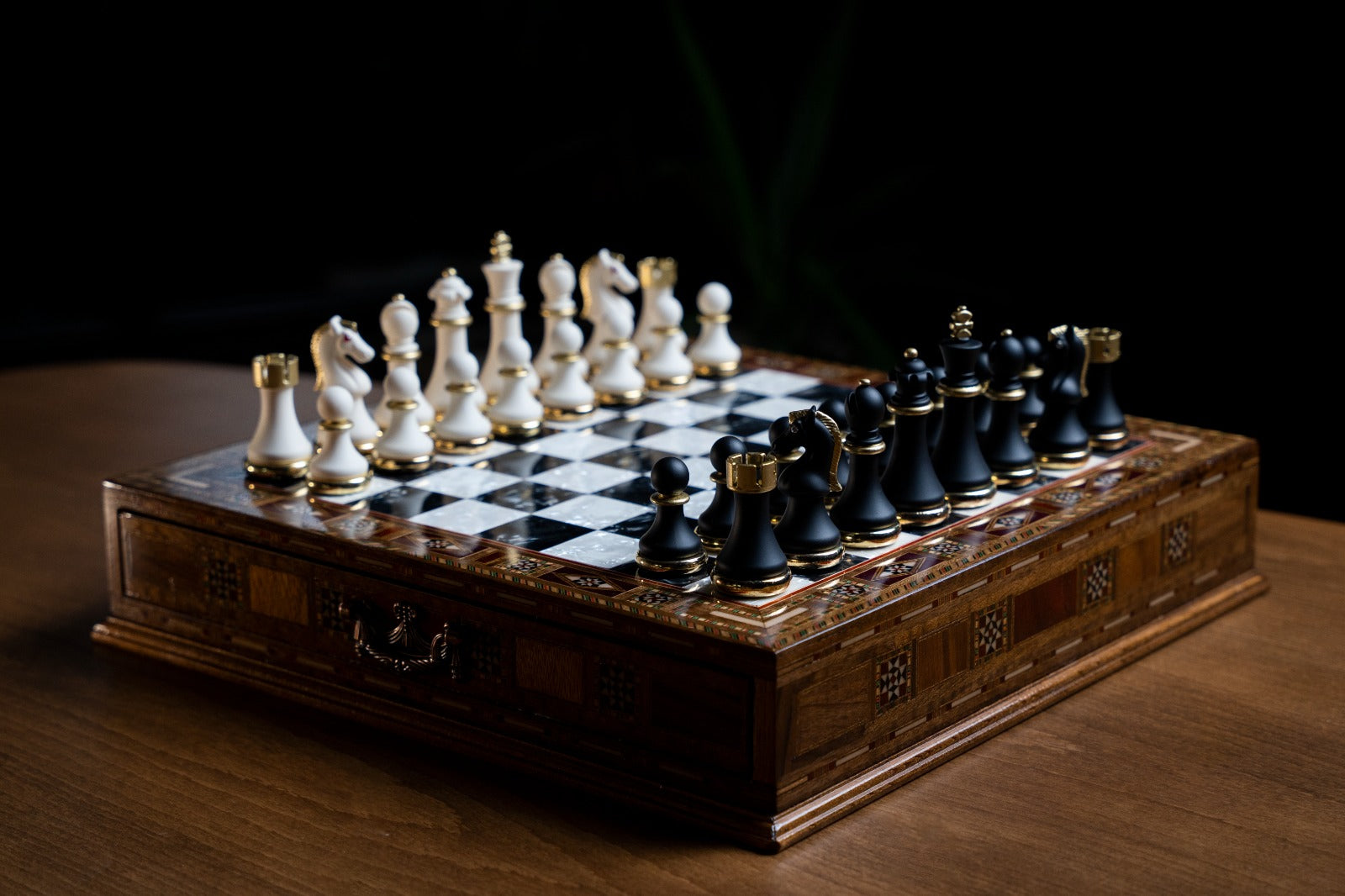
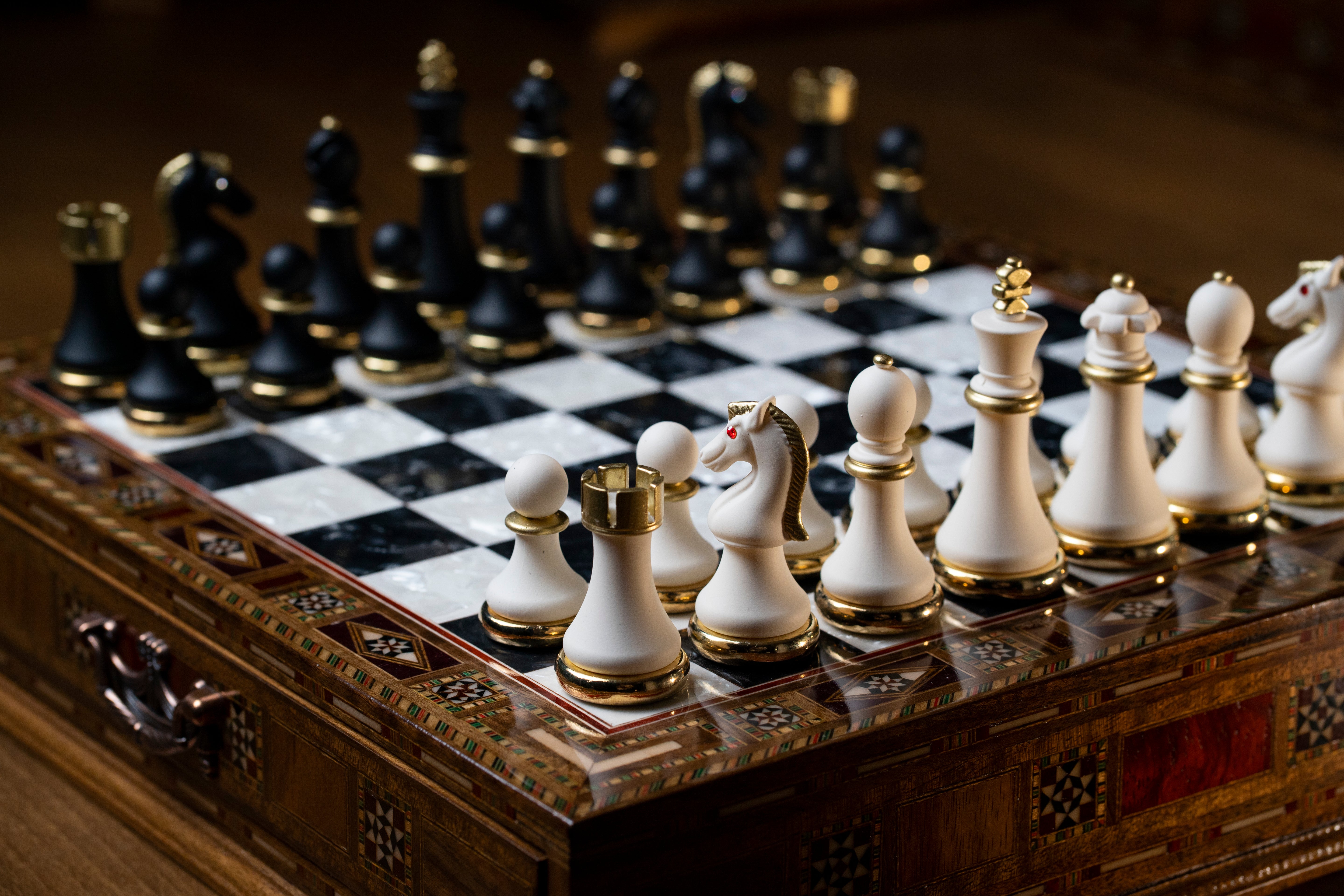
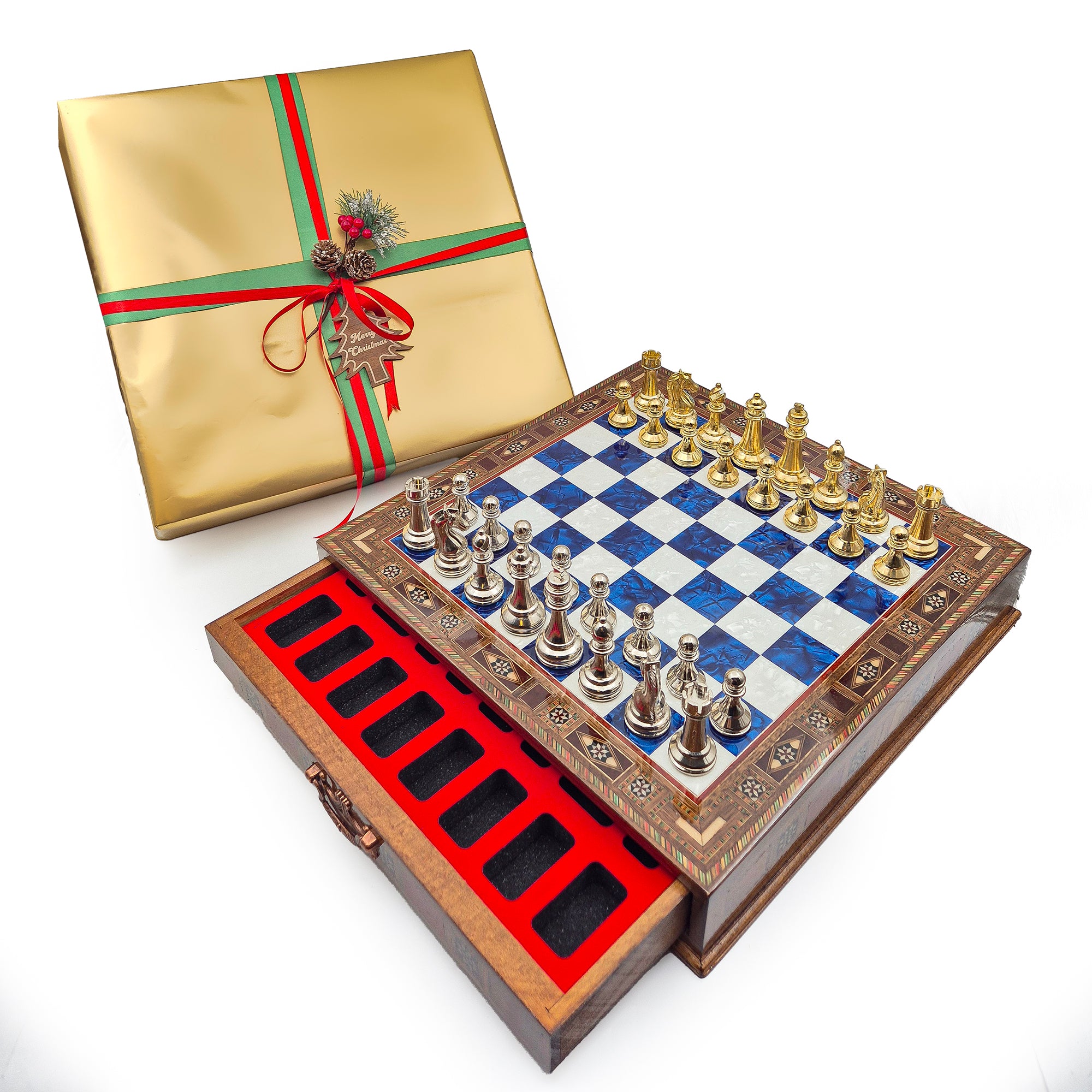

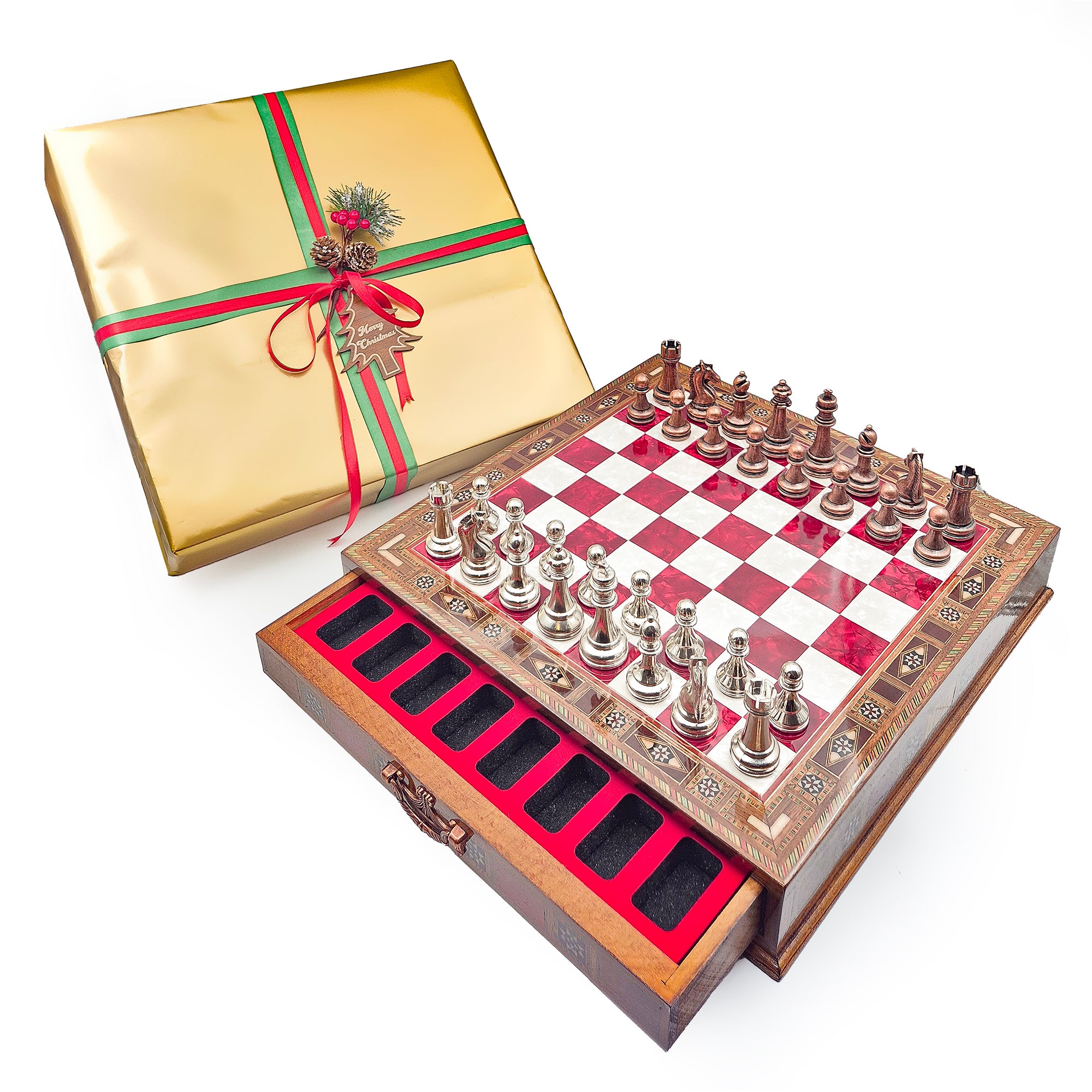
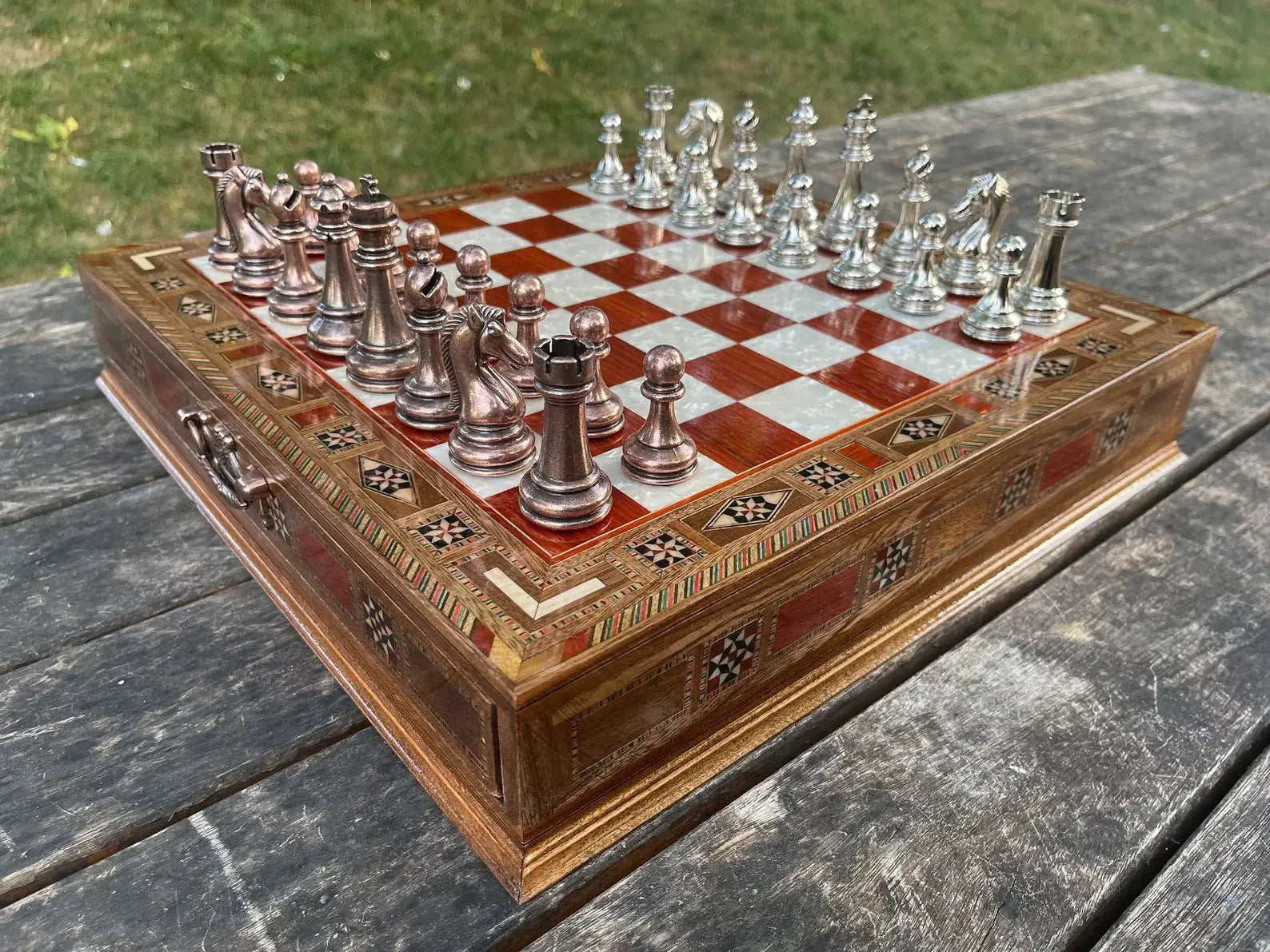
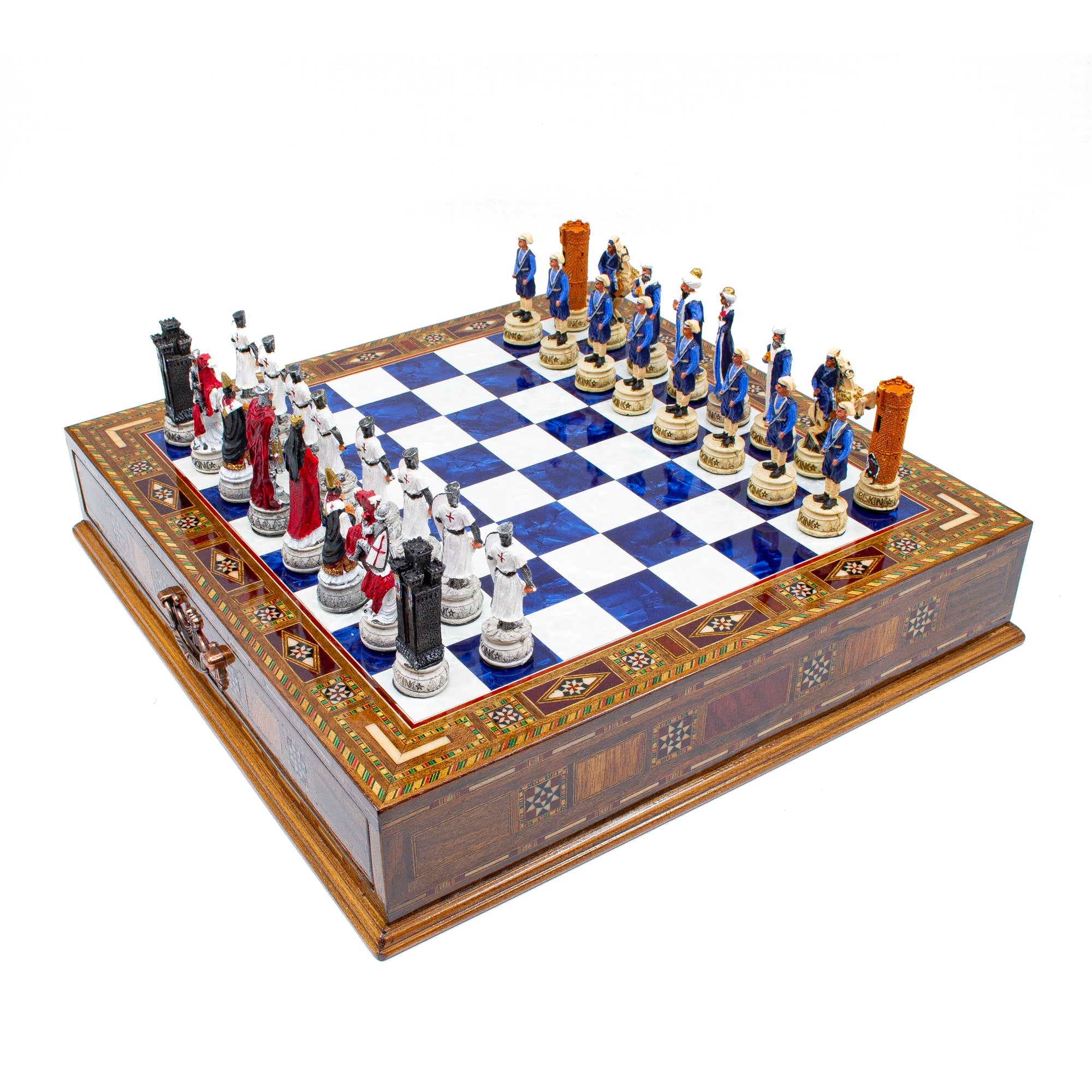
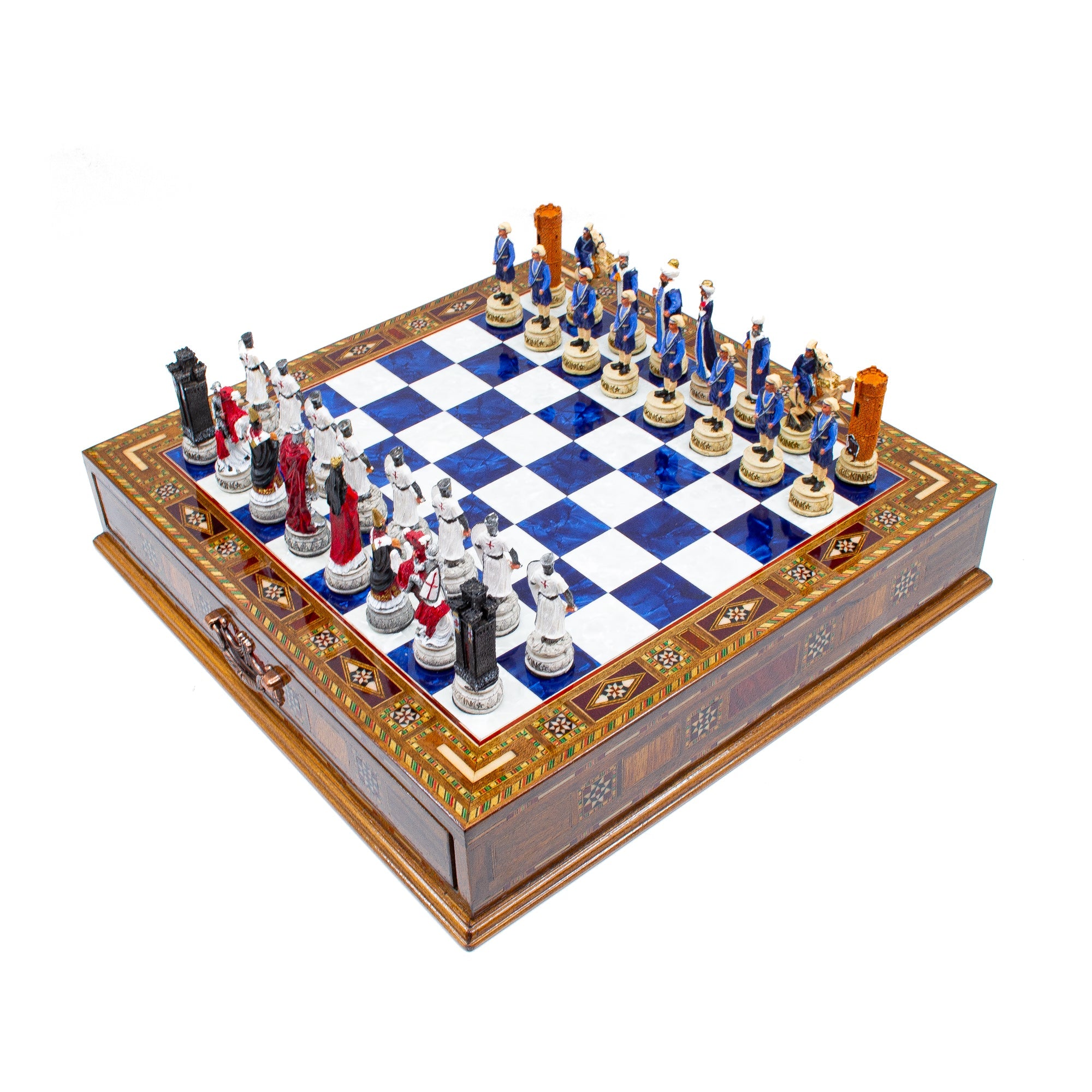
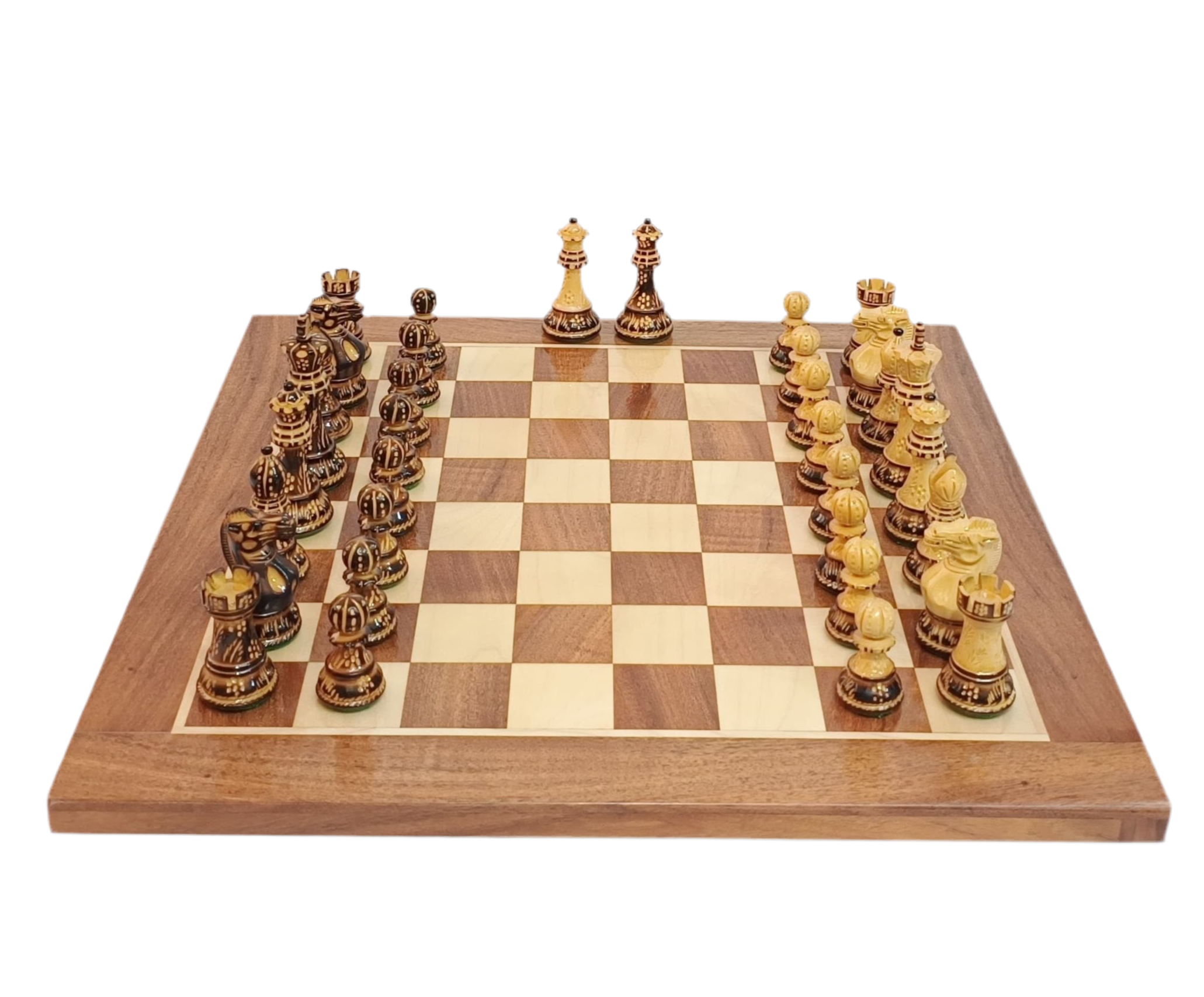
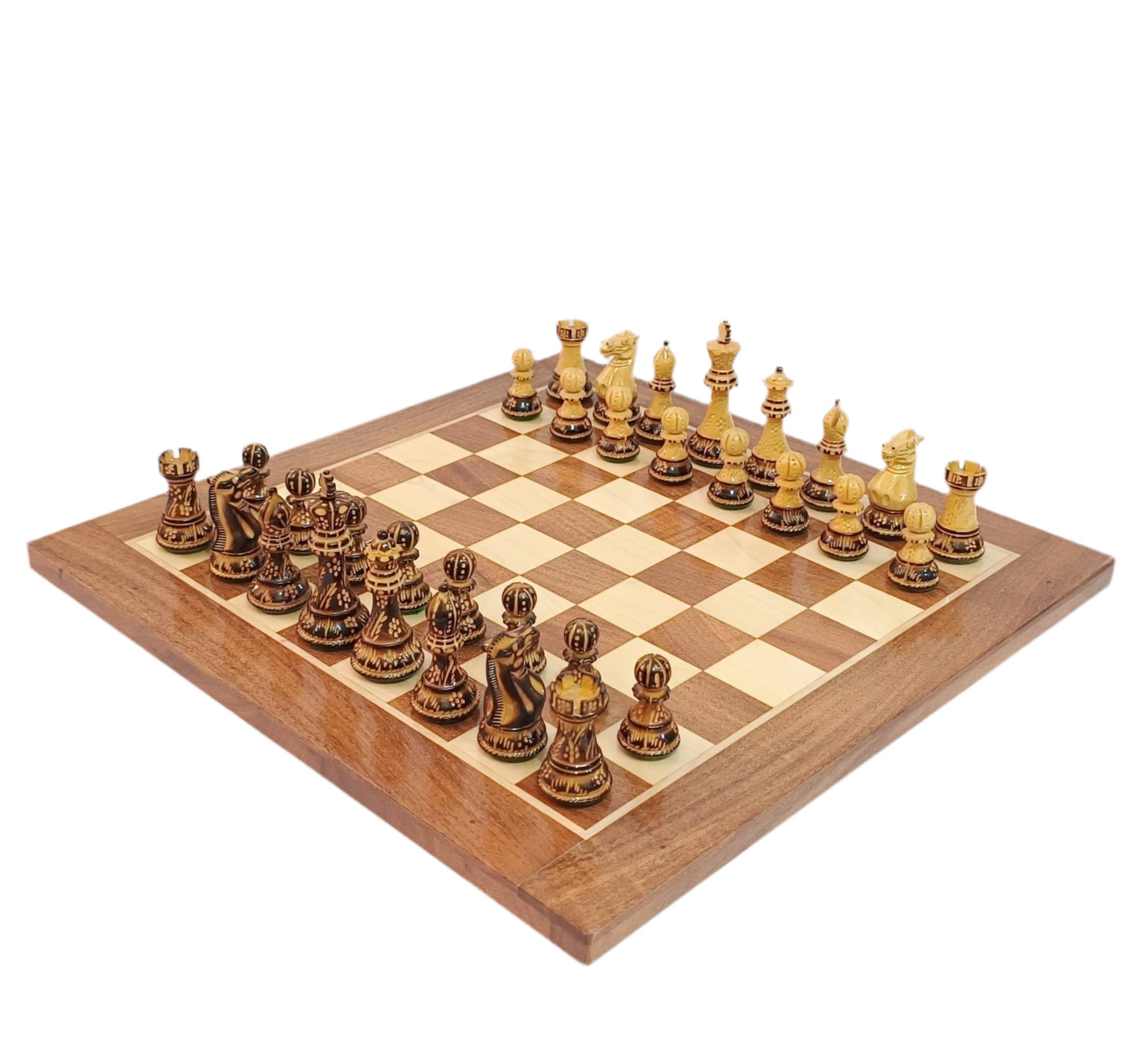
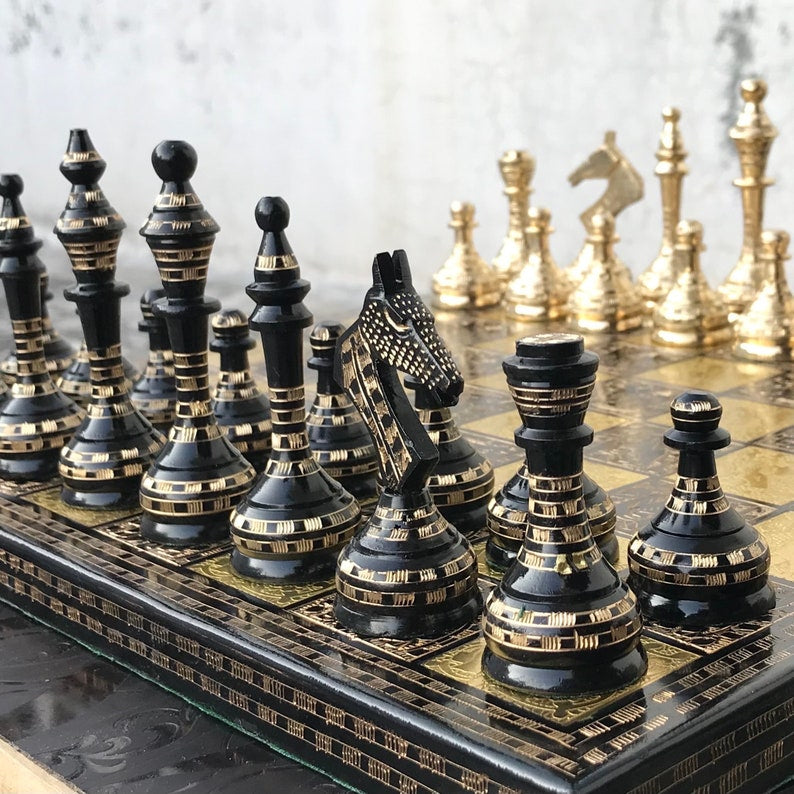
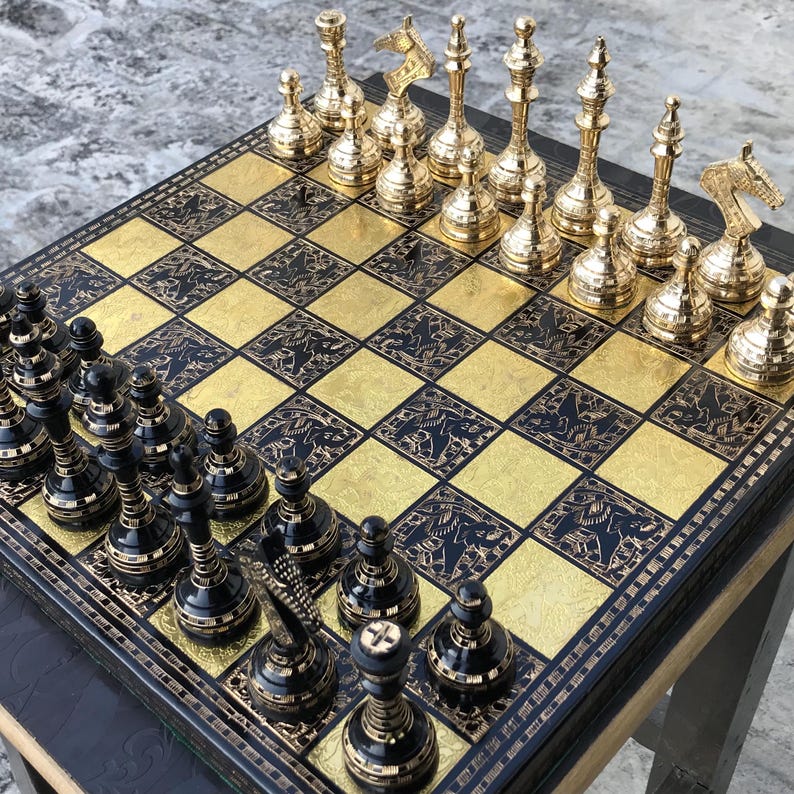
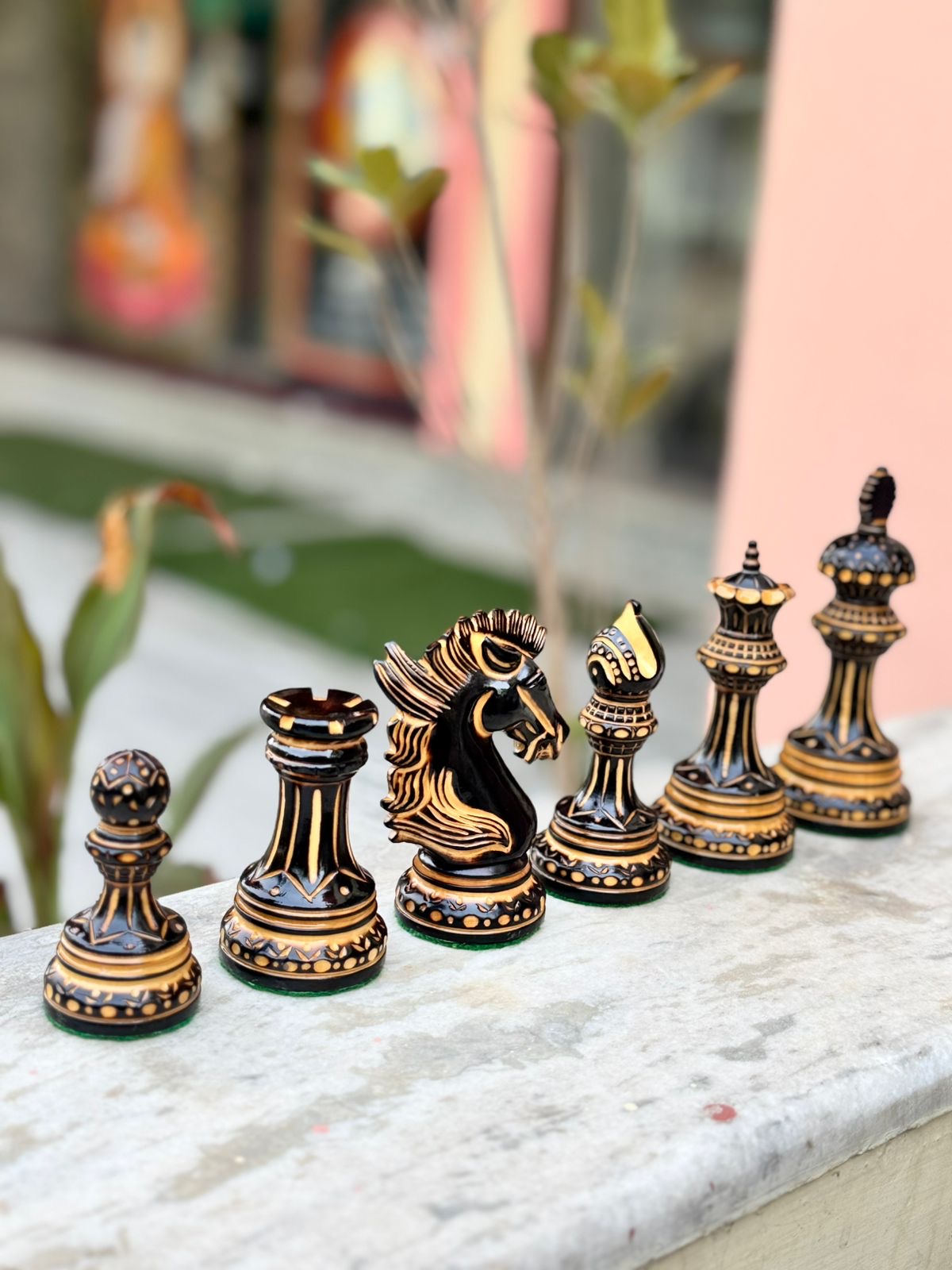
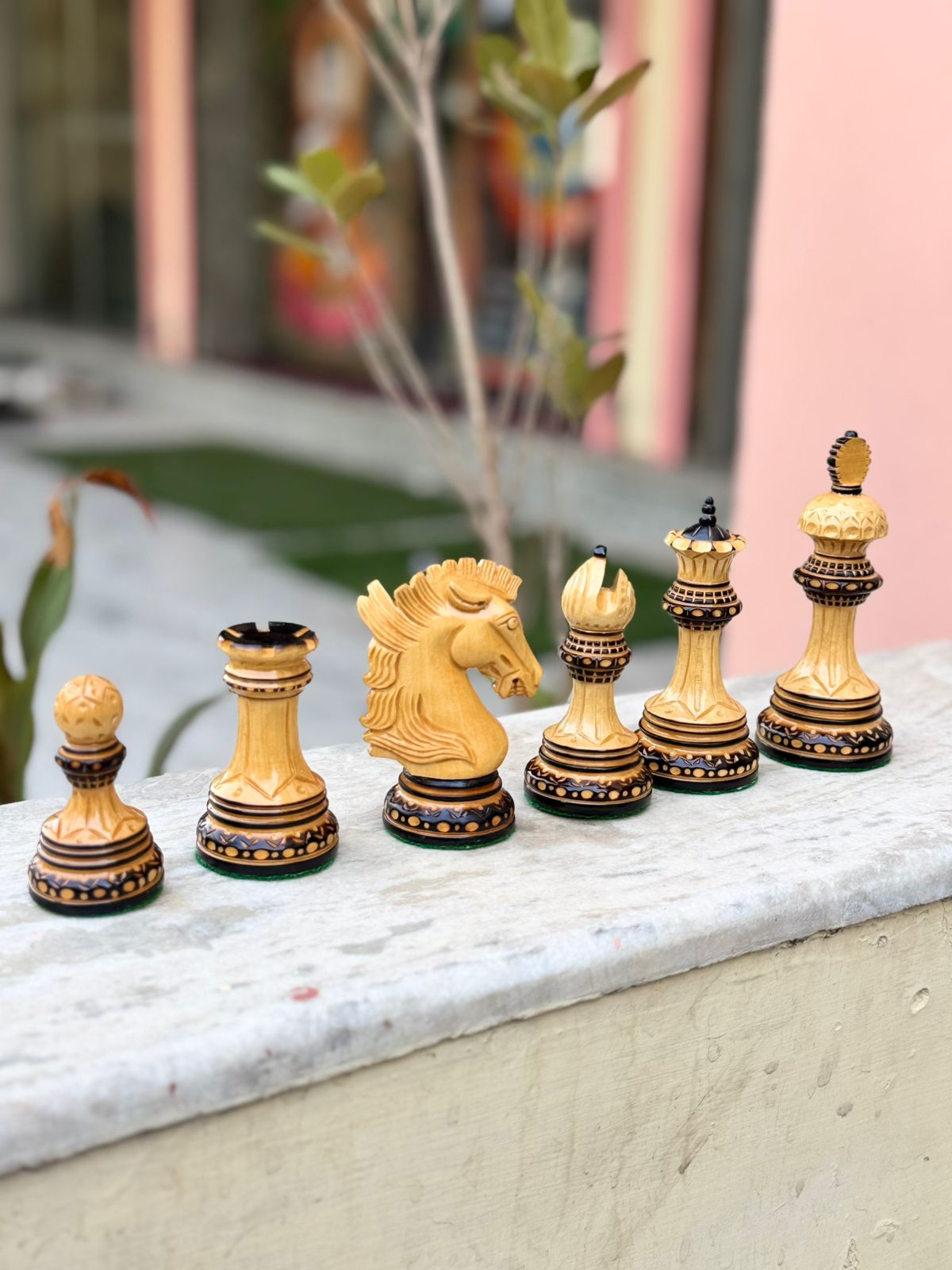
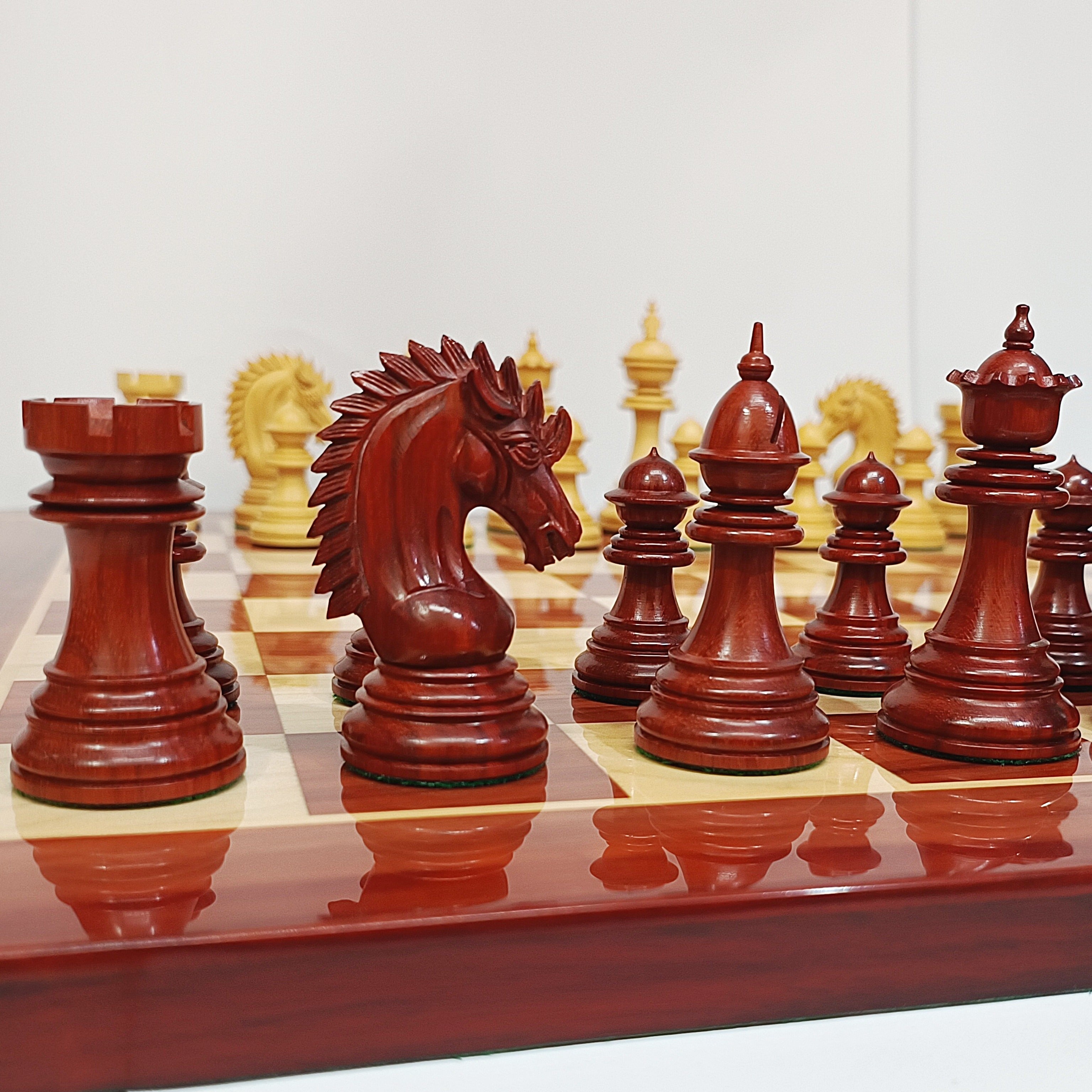
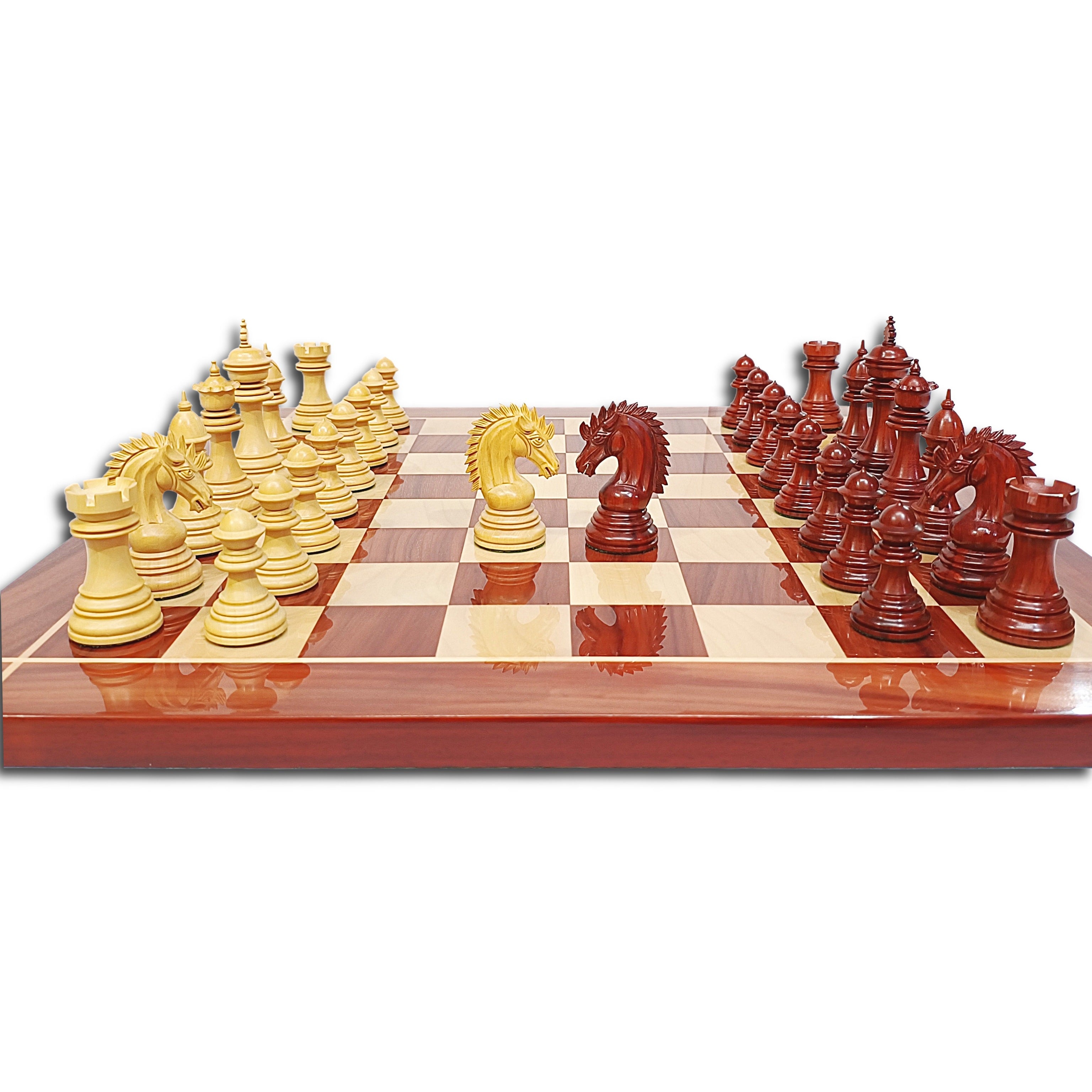
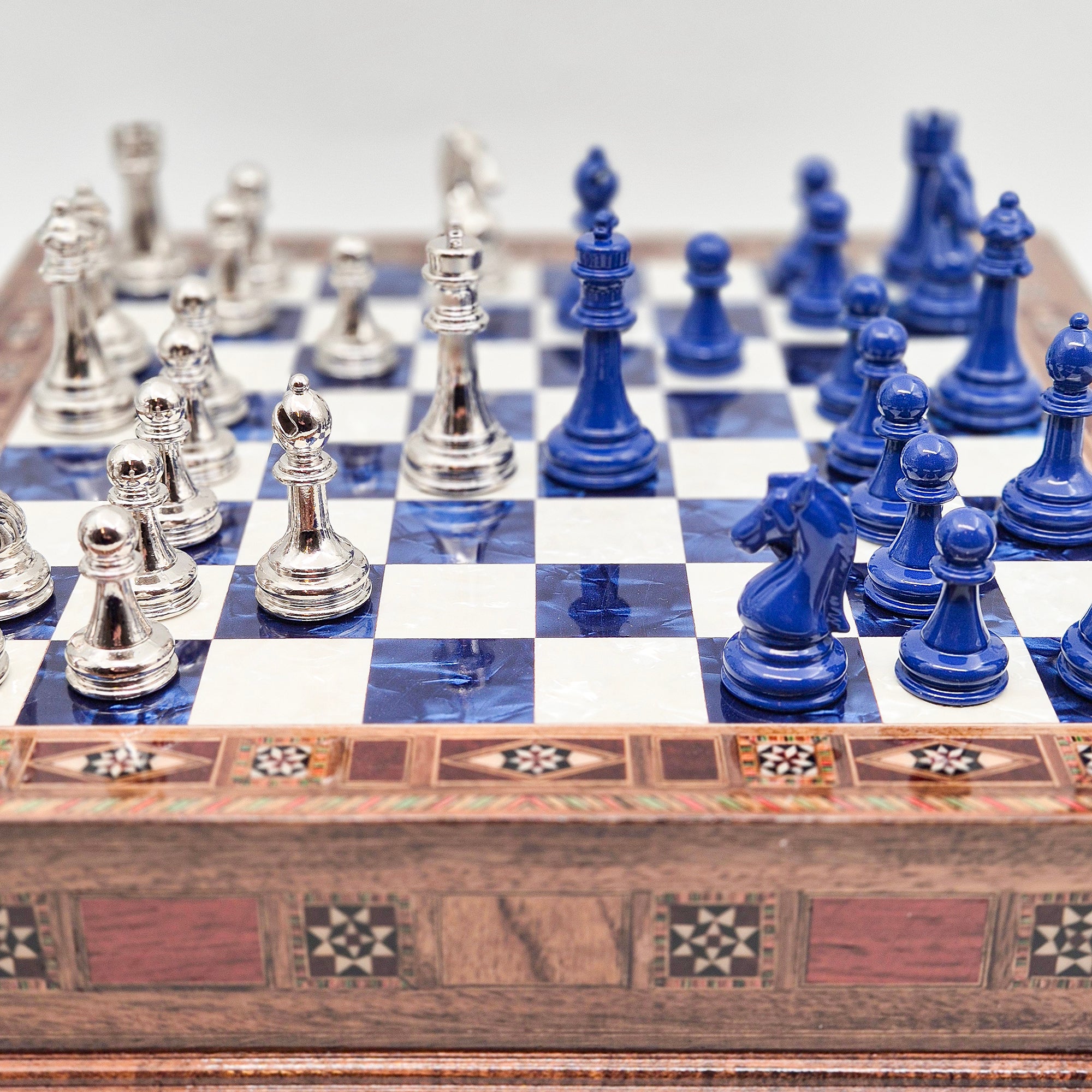
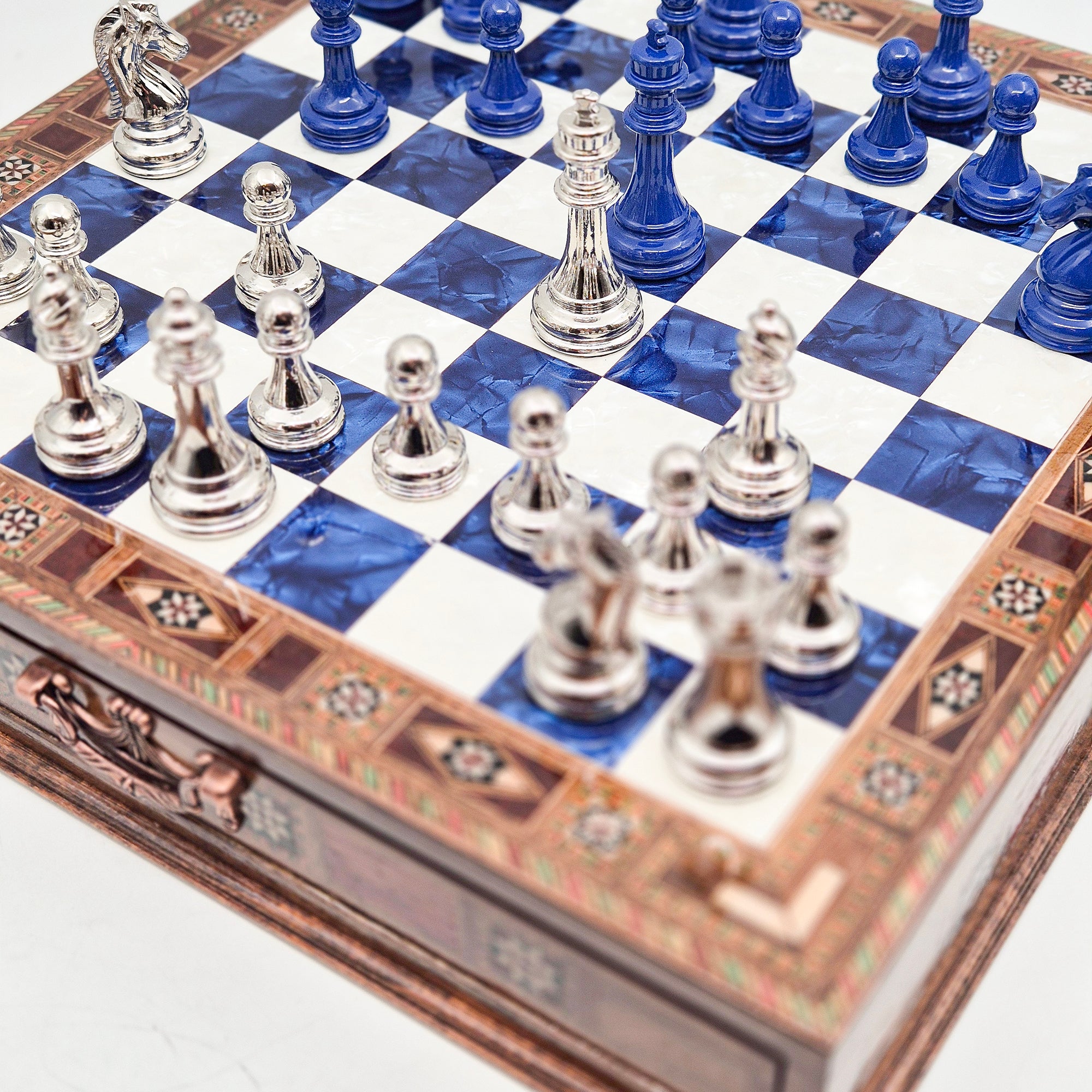
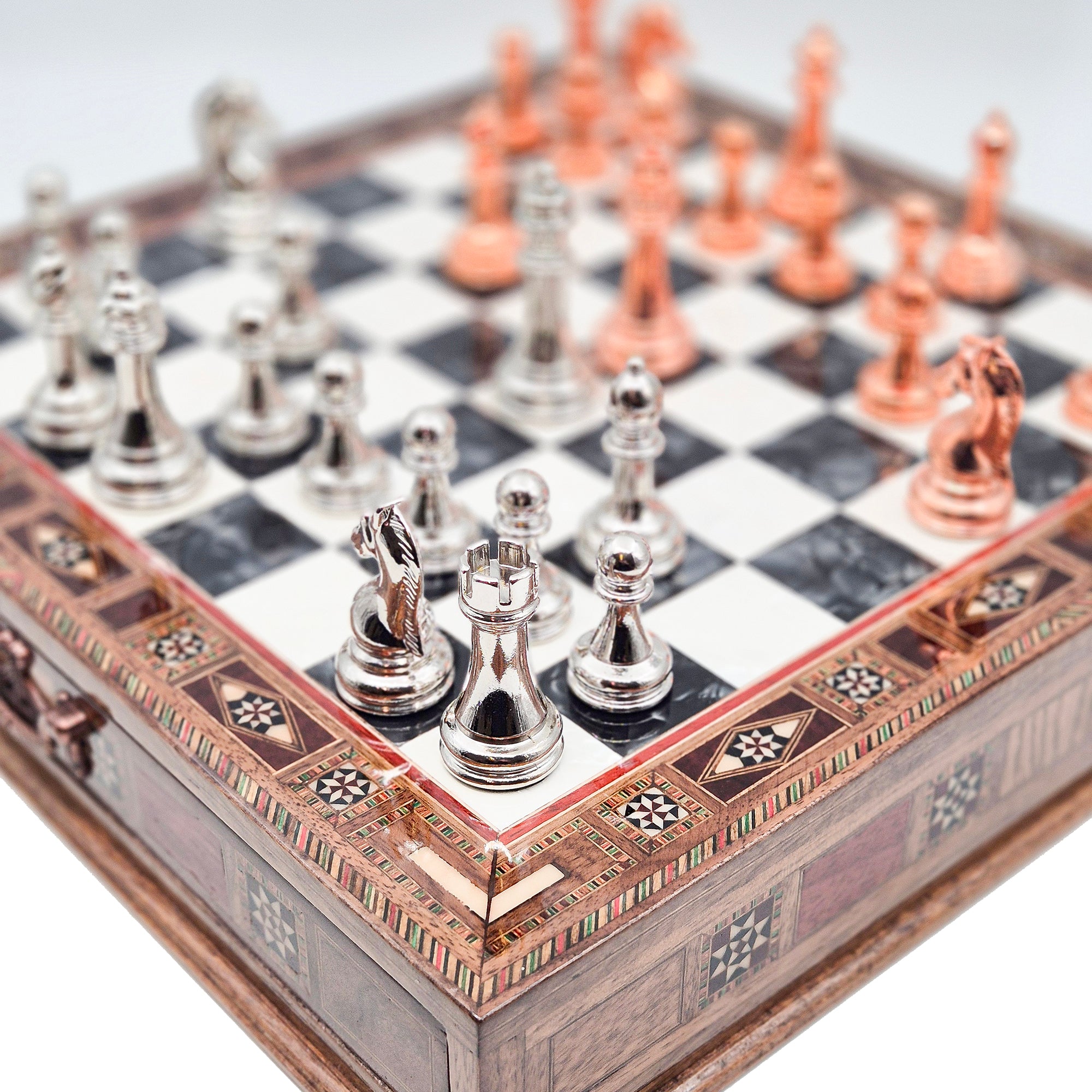
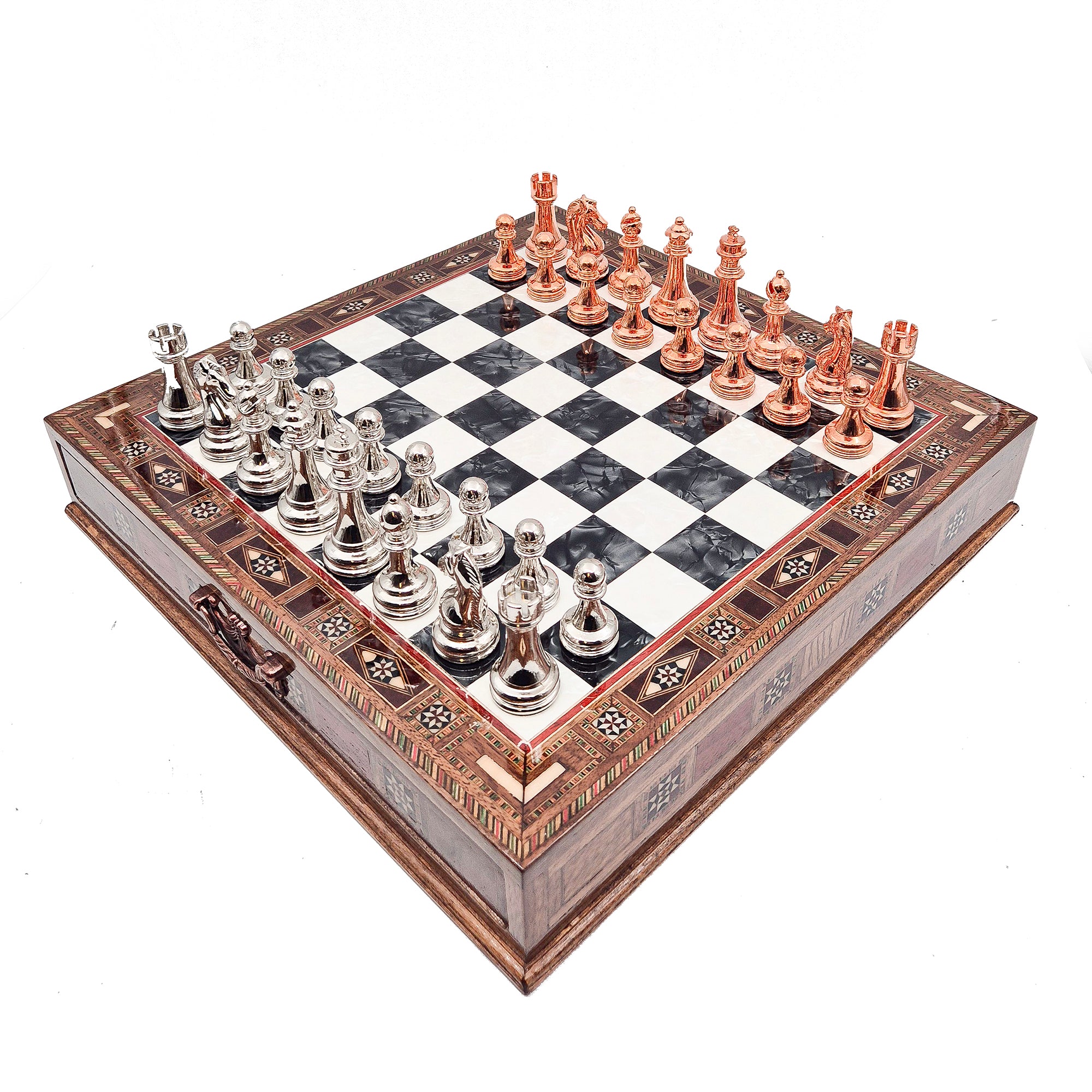
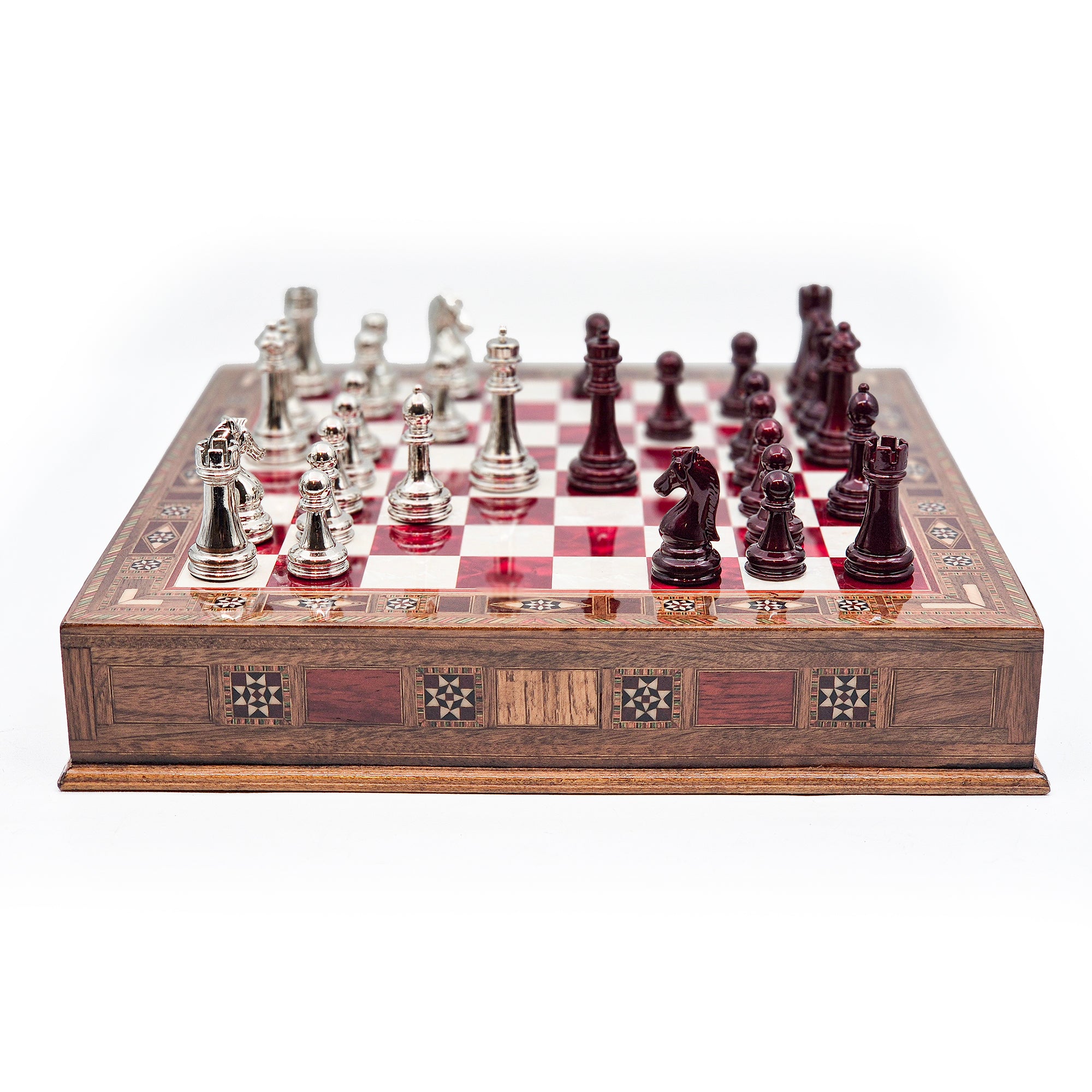
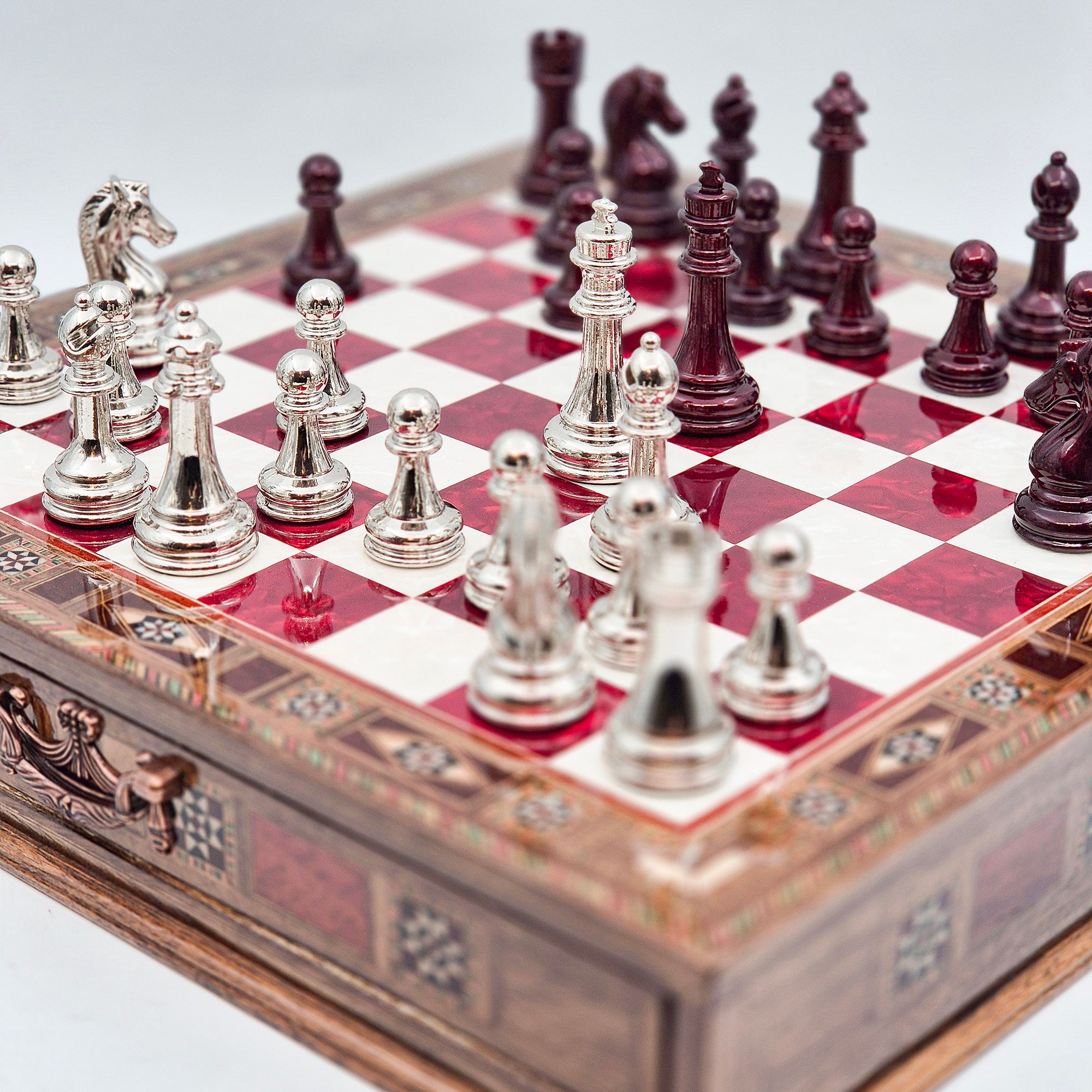
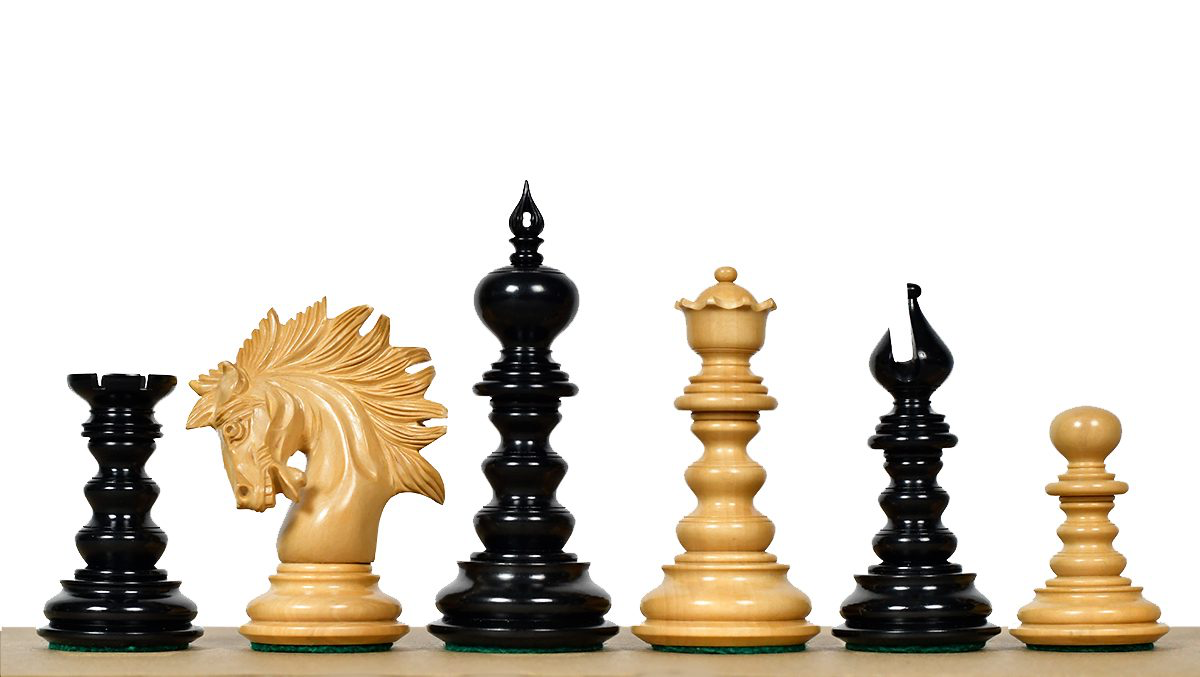
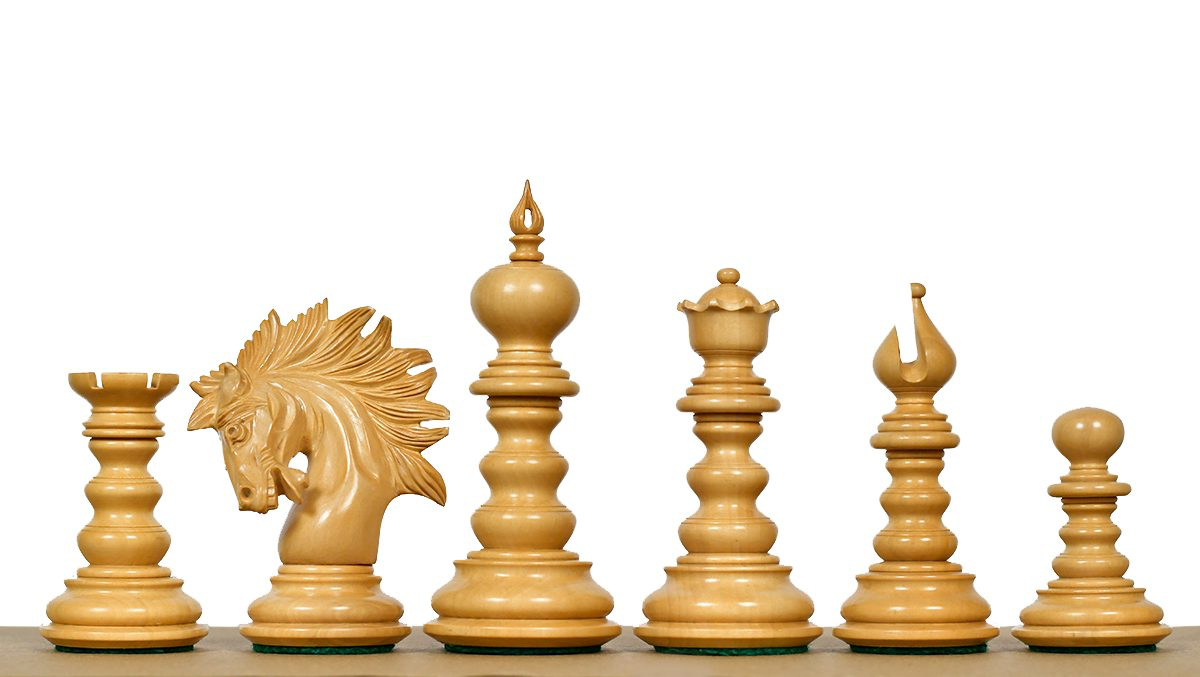
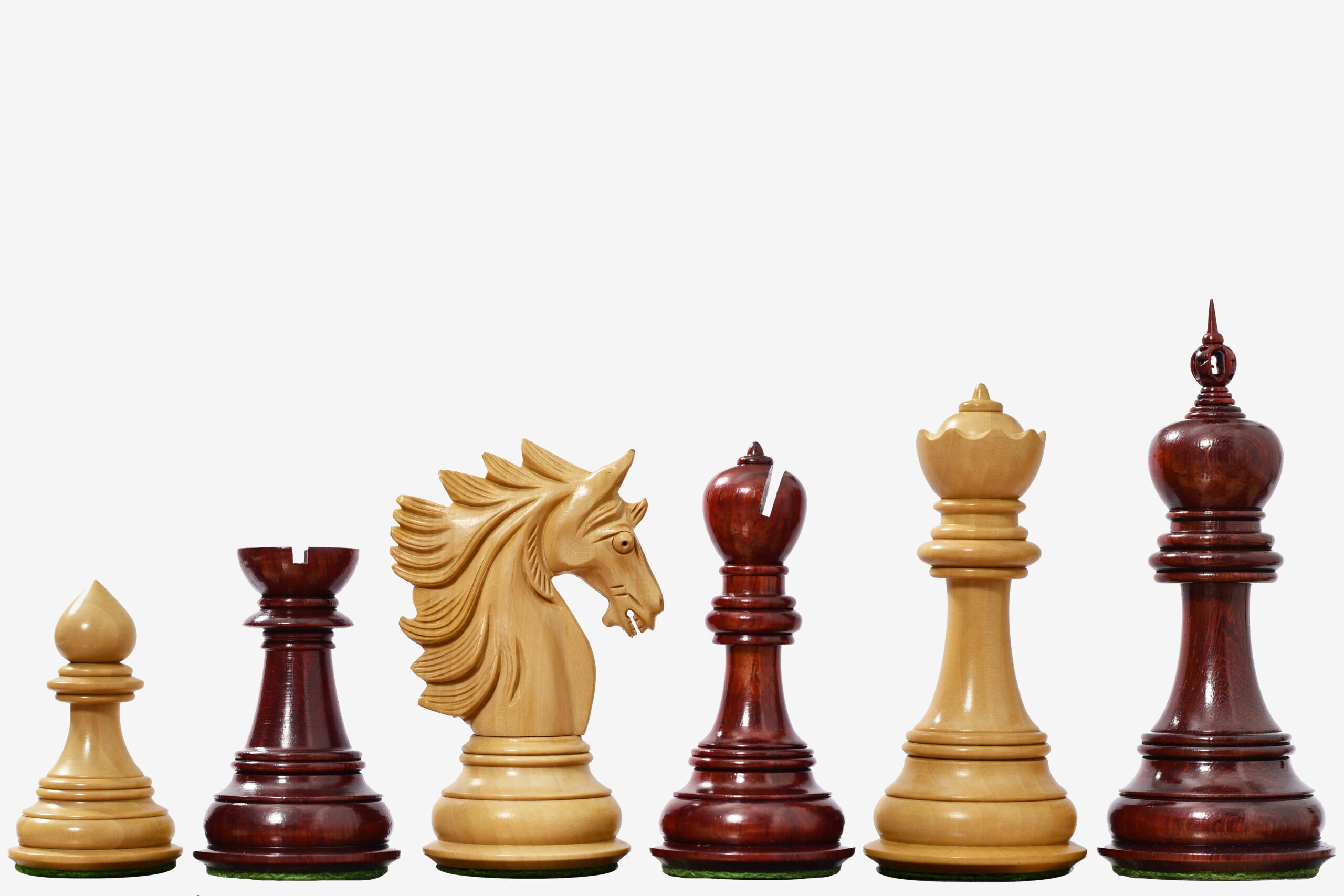
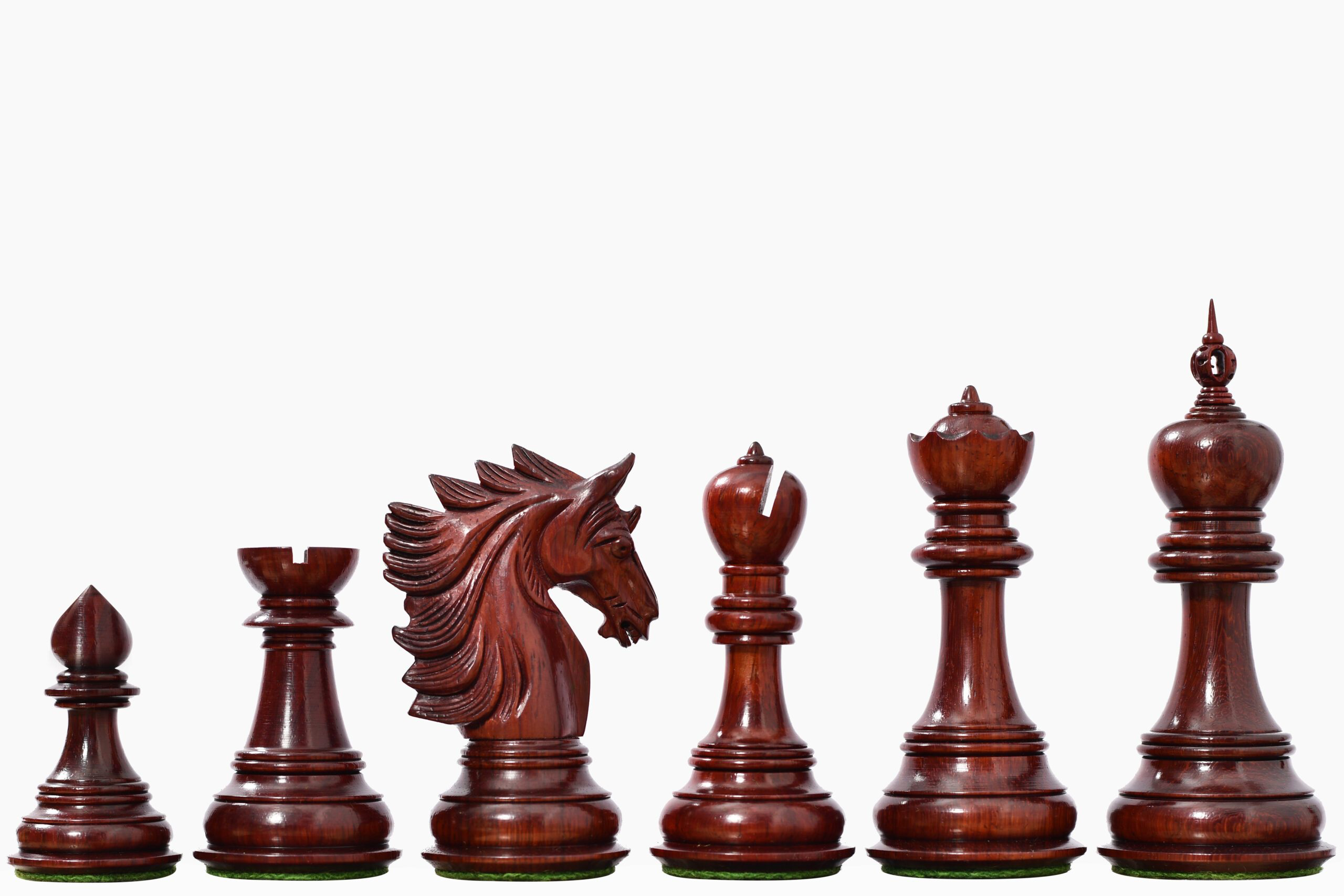
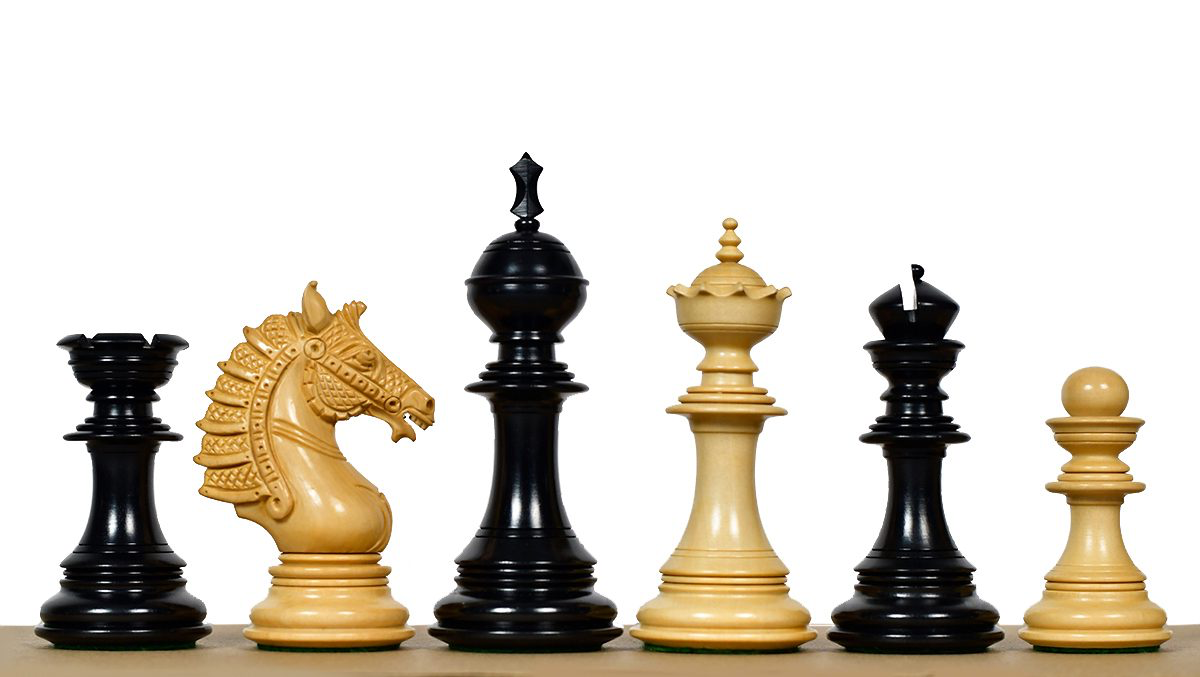
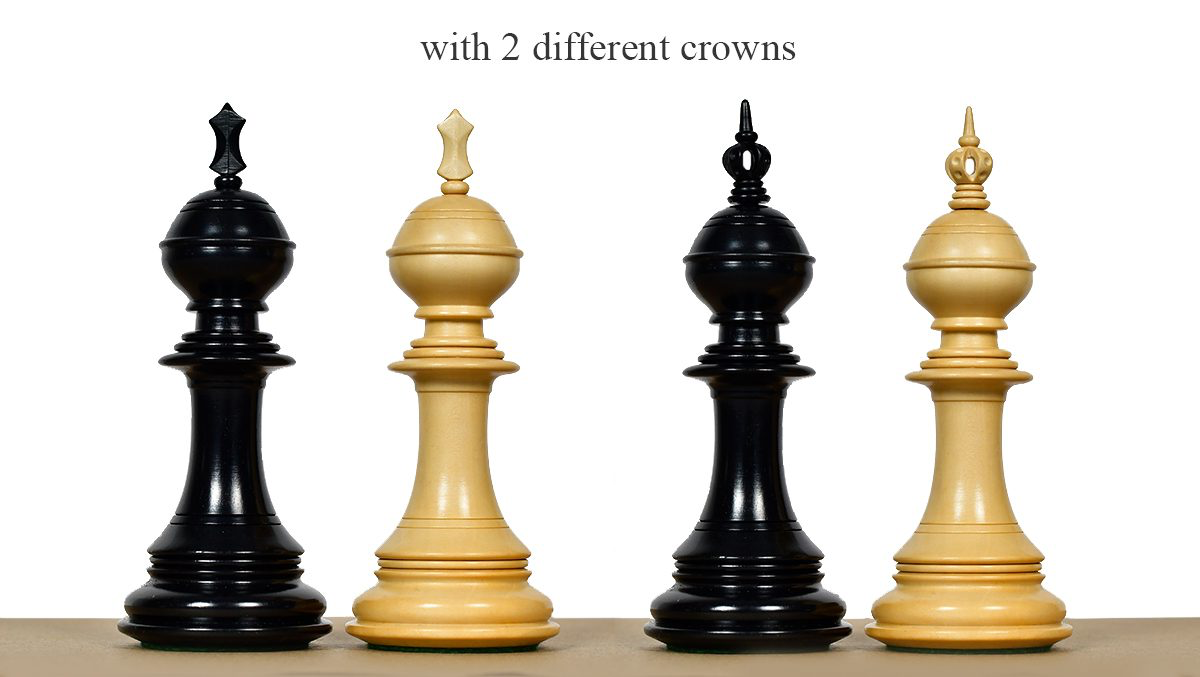
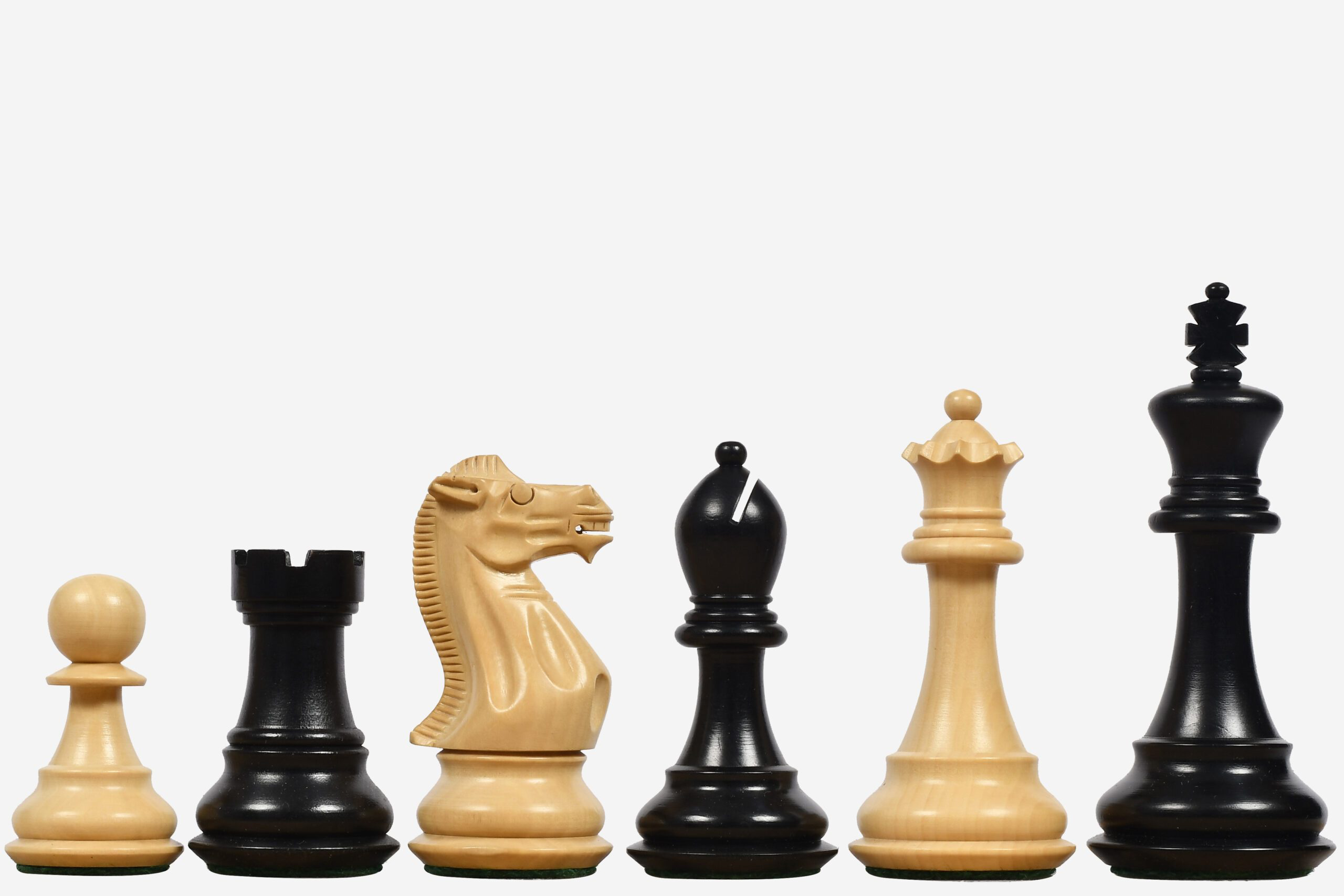
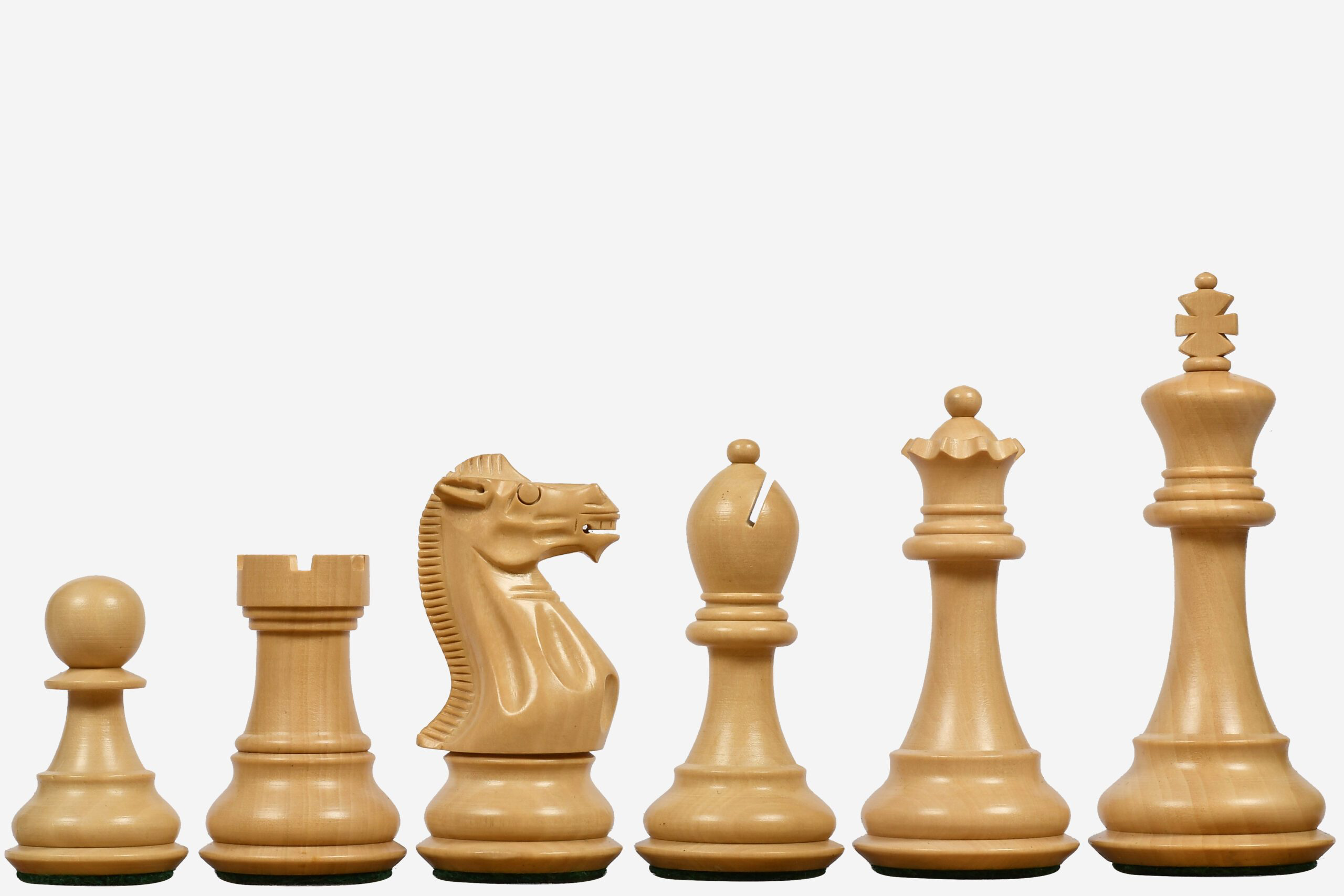


Leave a comment
All comments are moderated before being published.
This site is protected by hCaptcha and the hCaptcha Privacy Policy and Terms of Service apply.